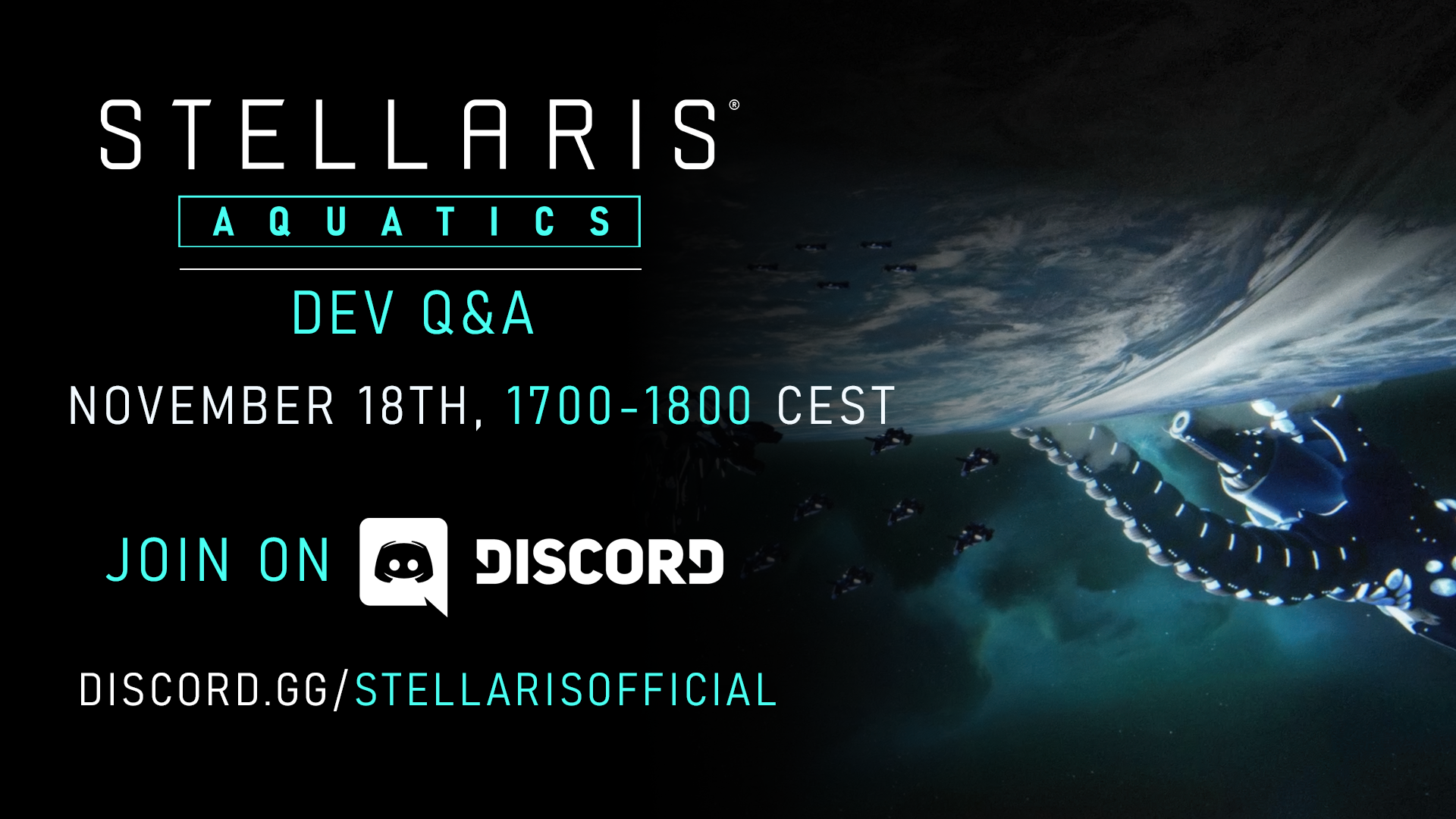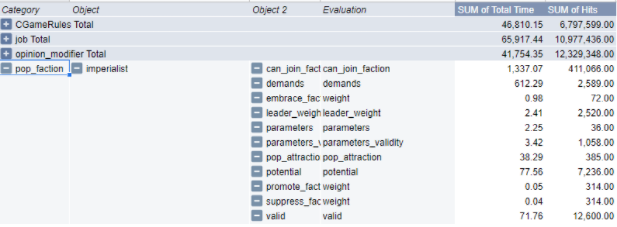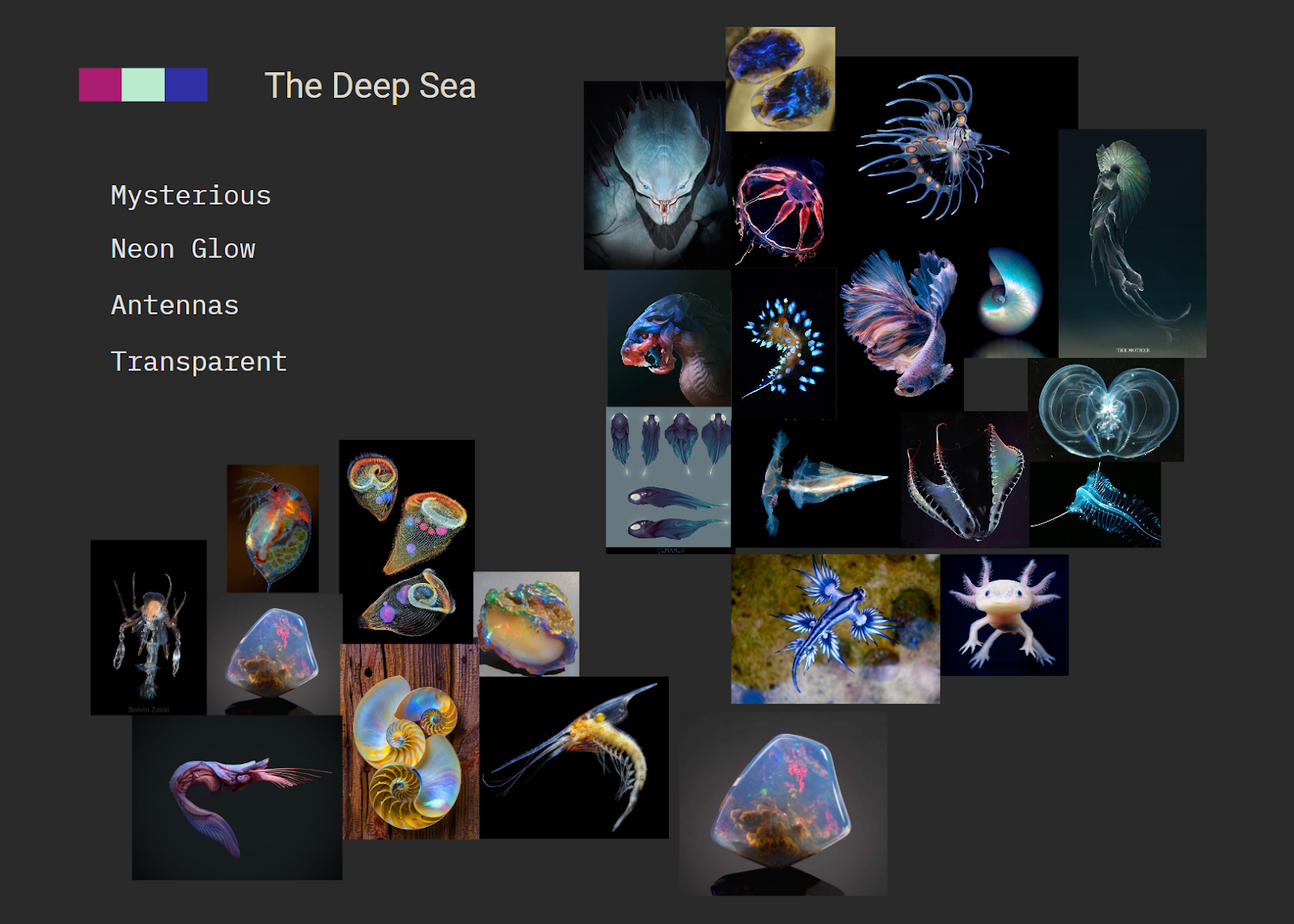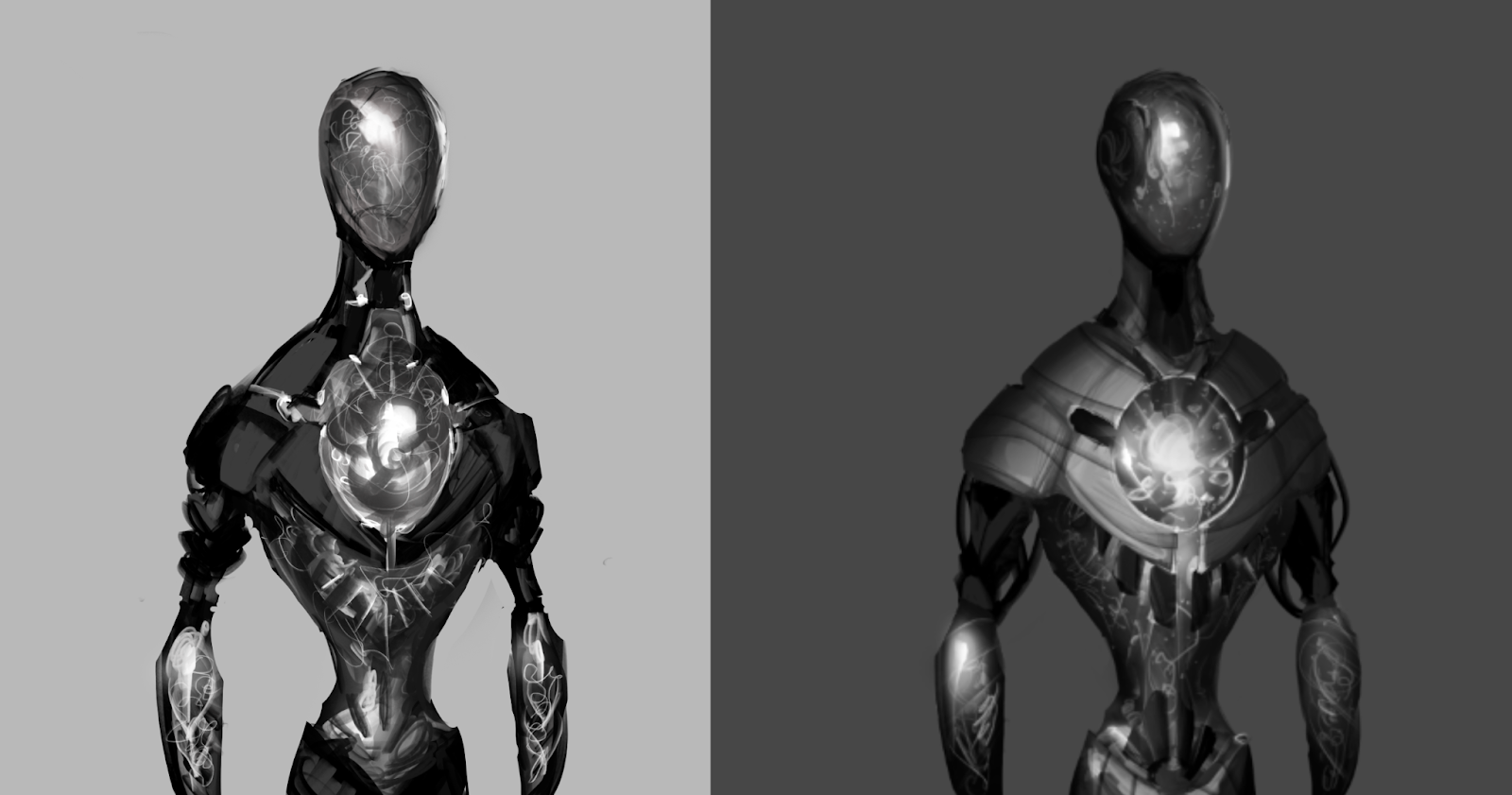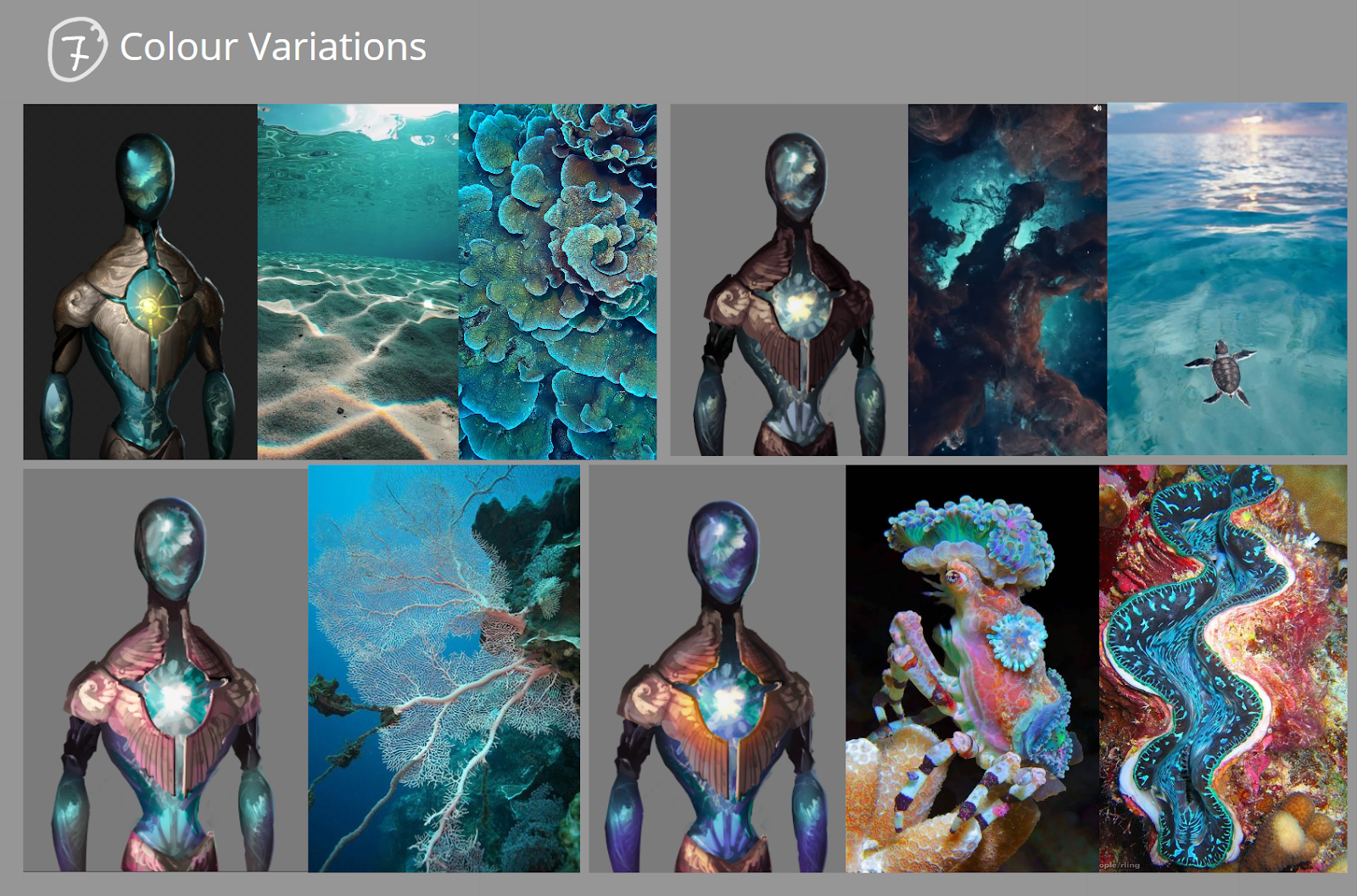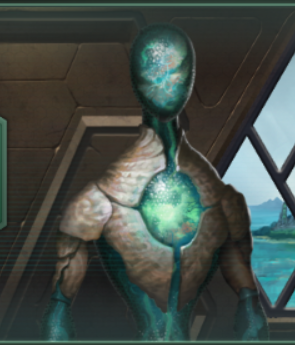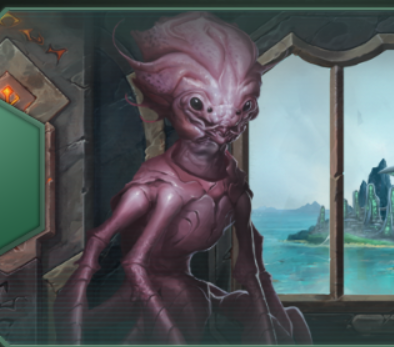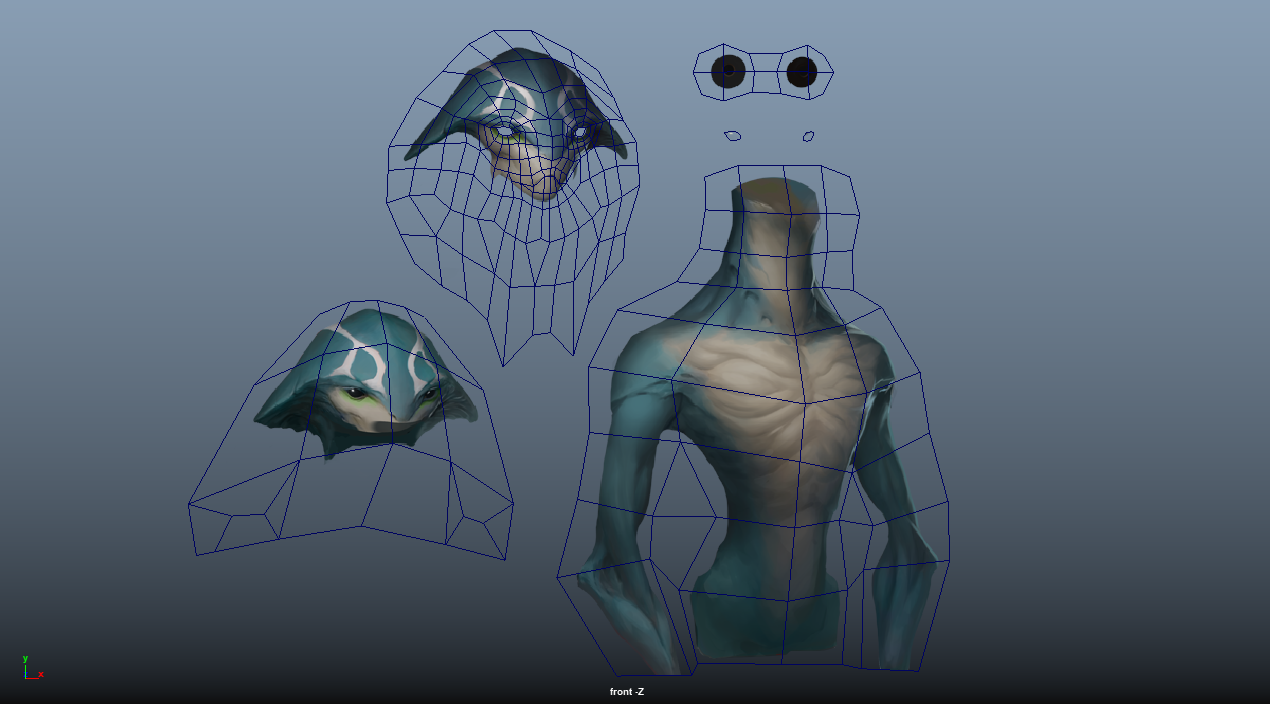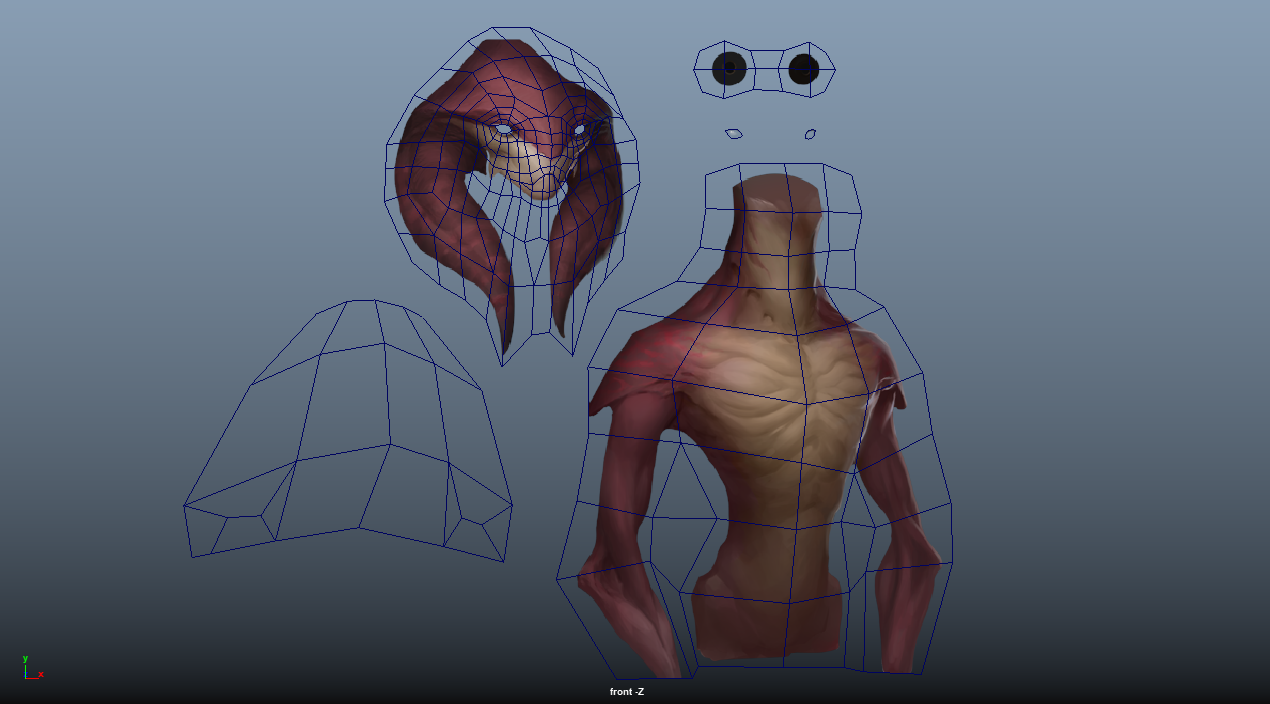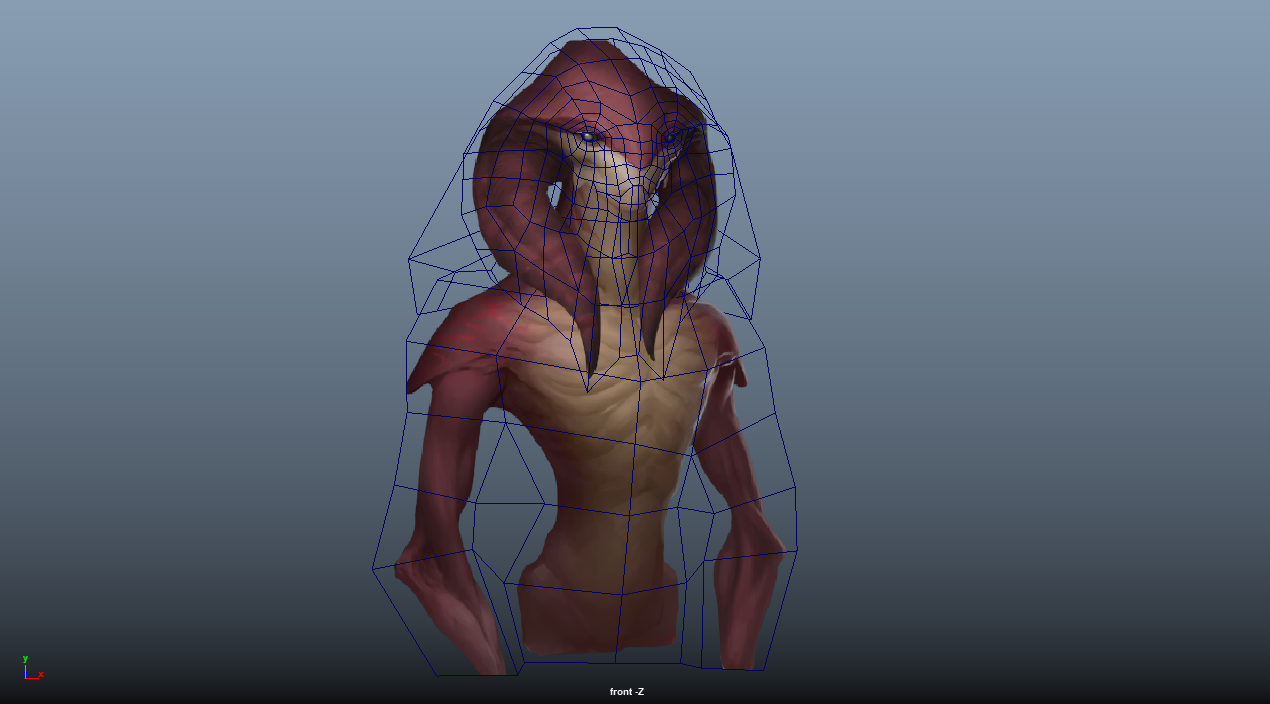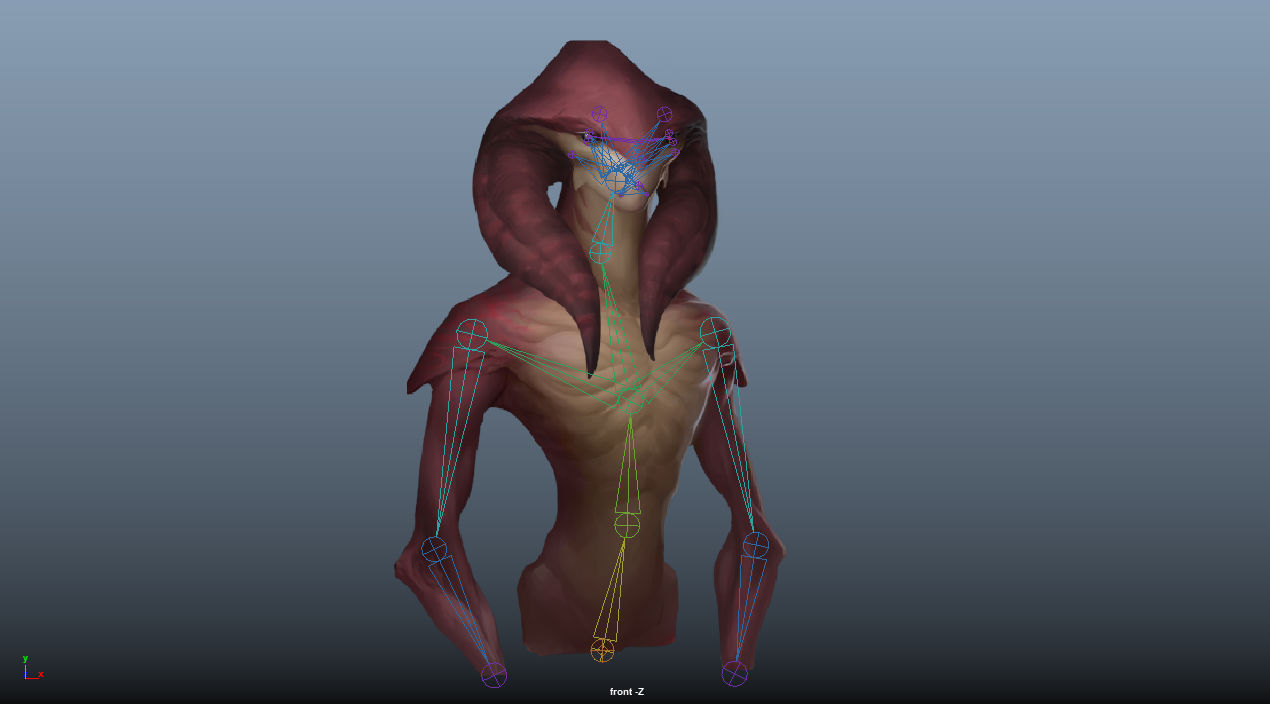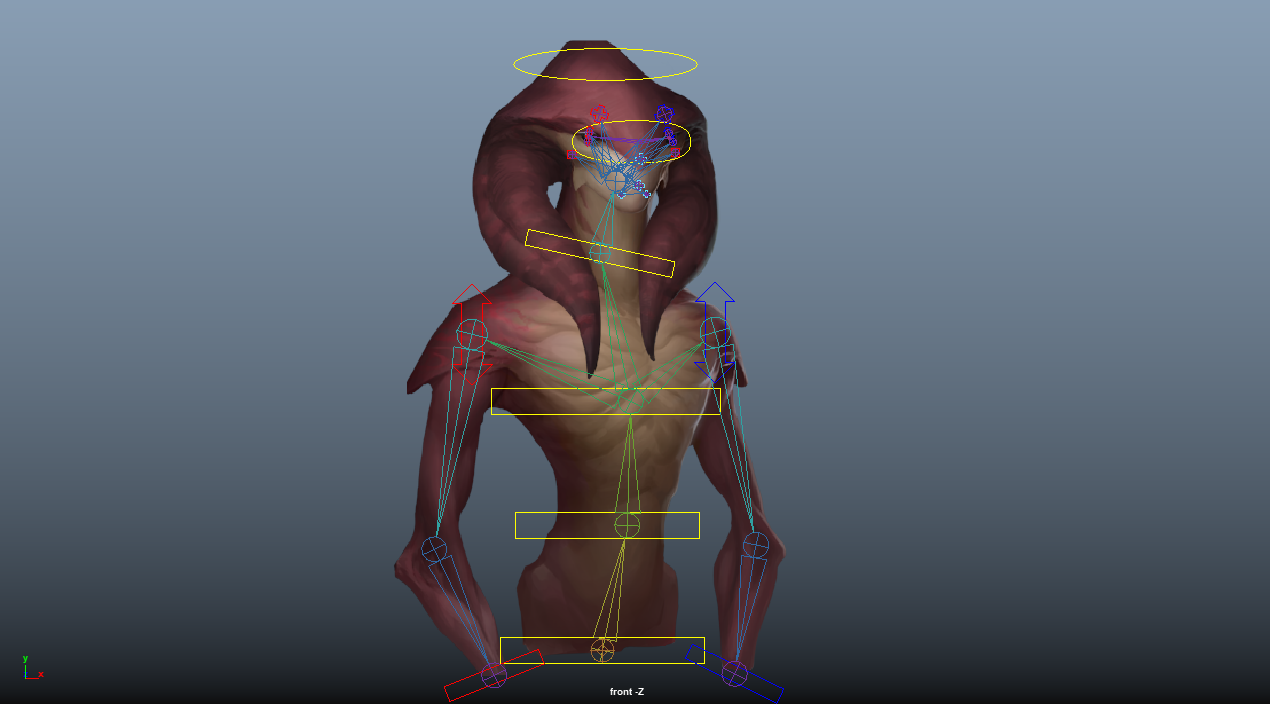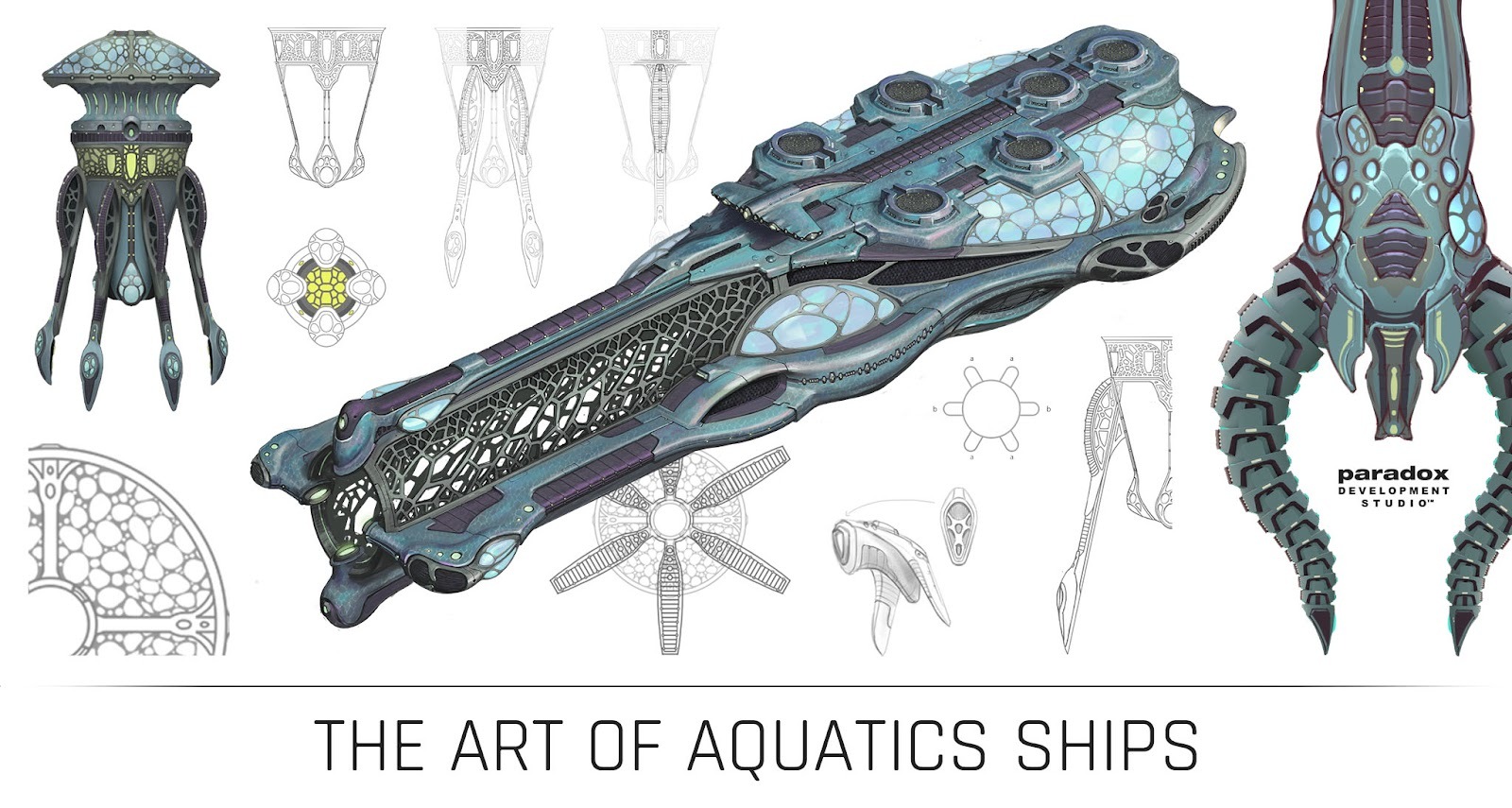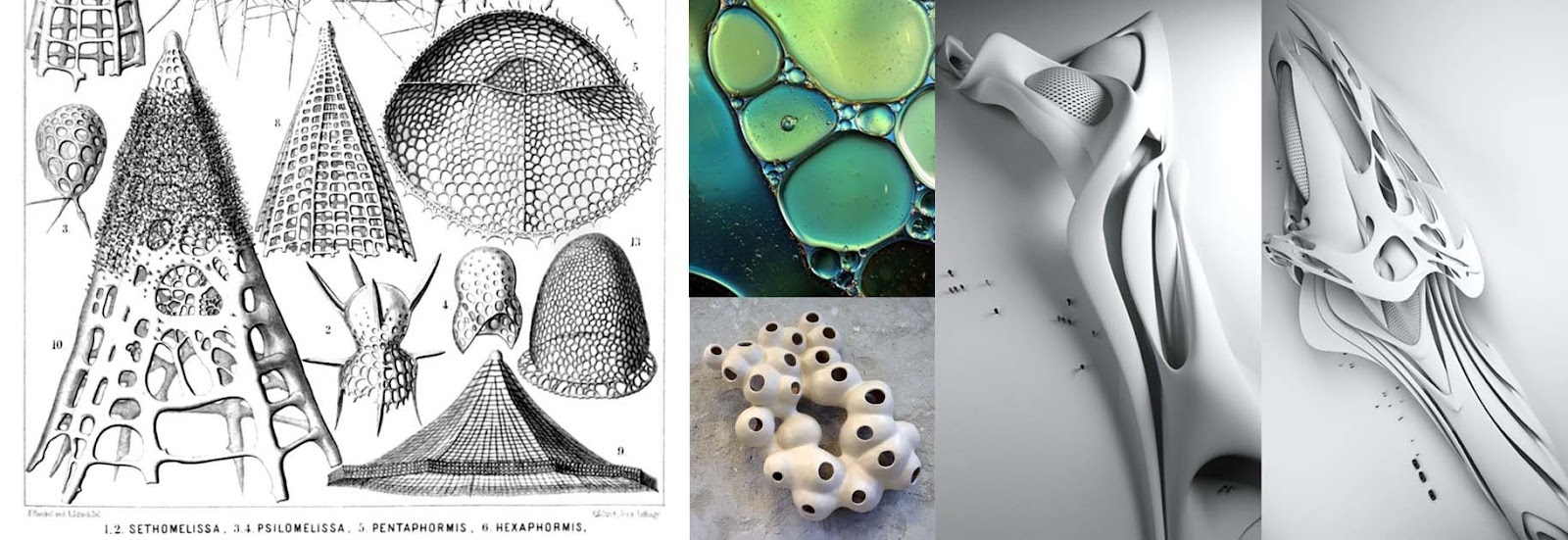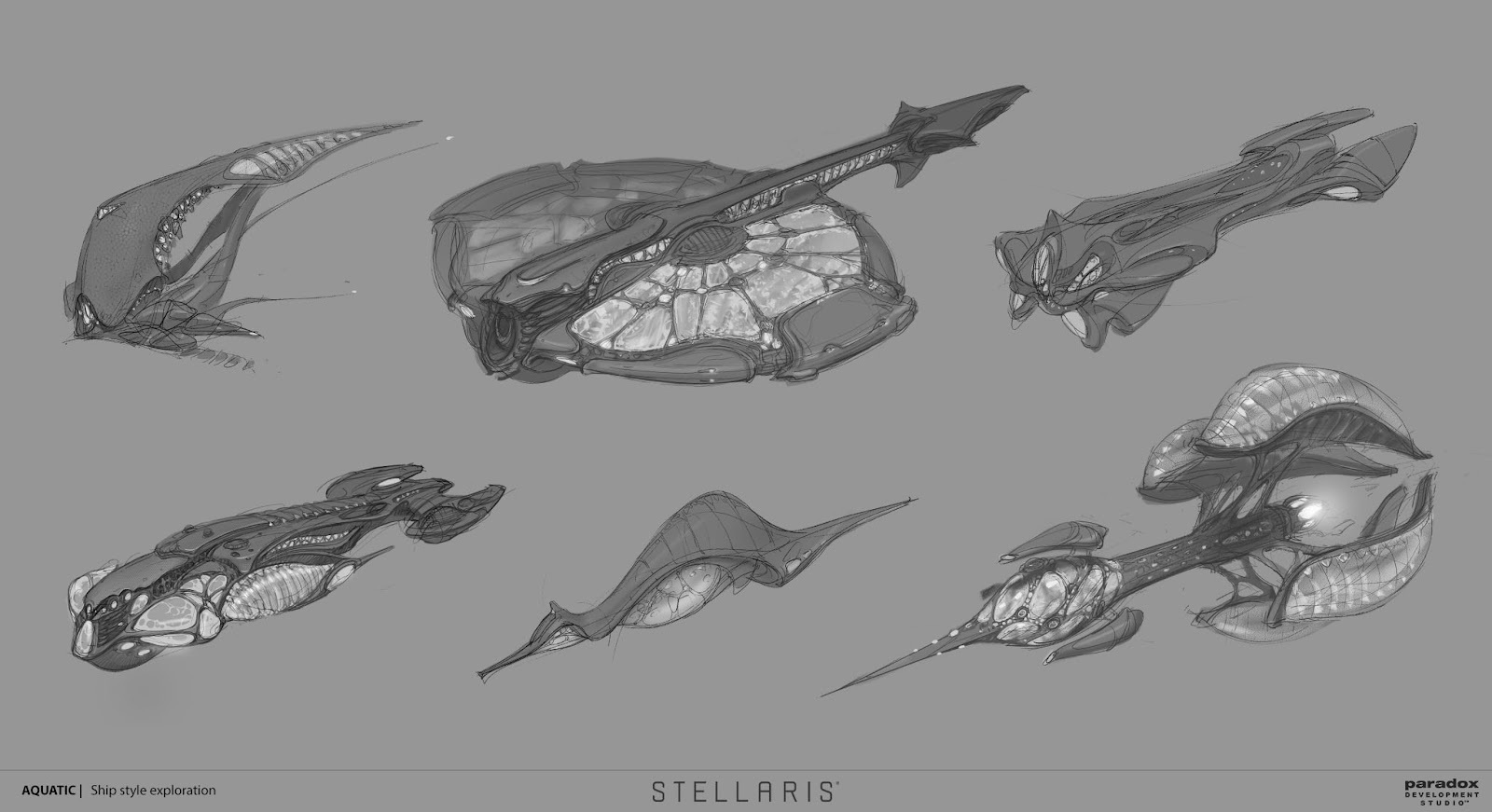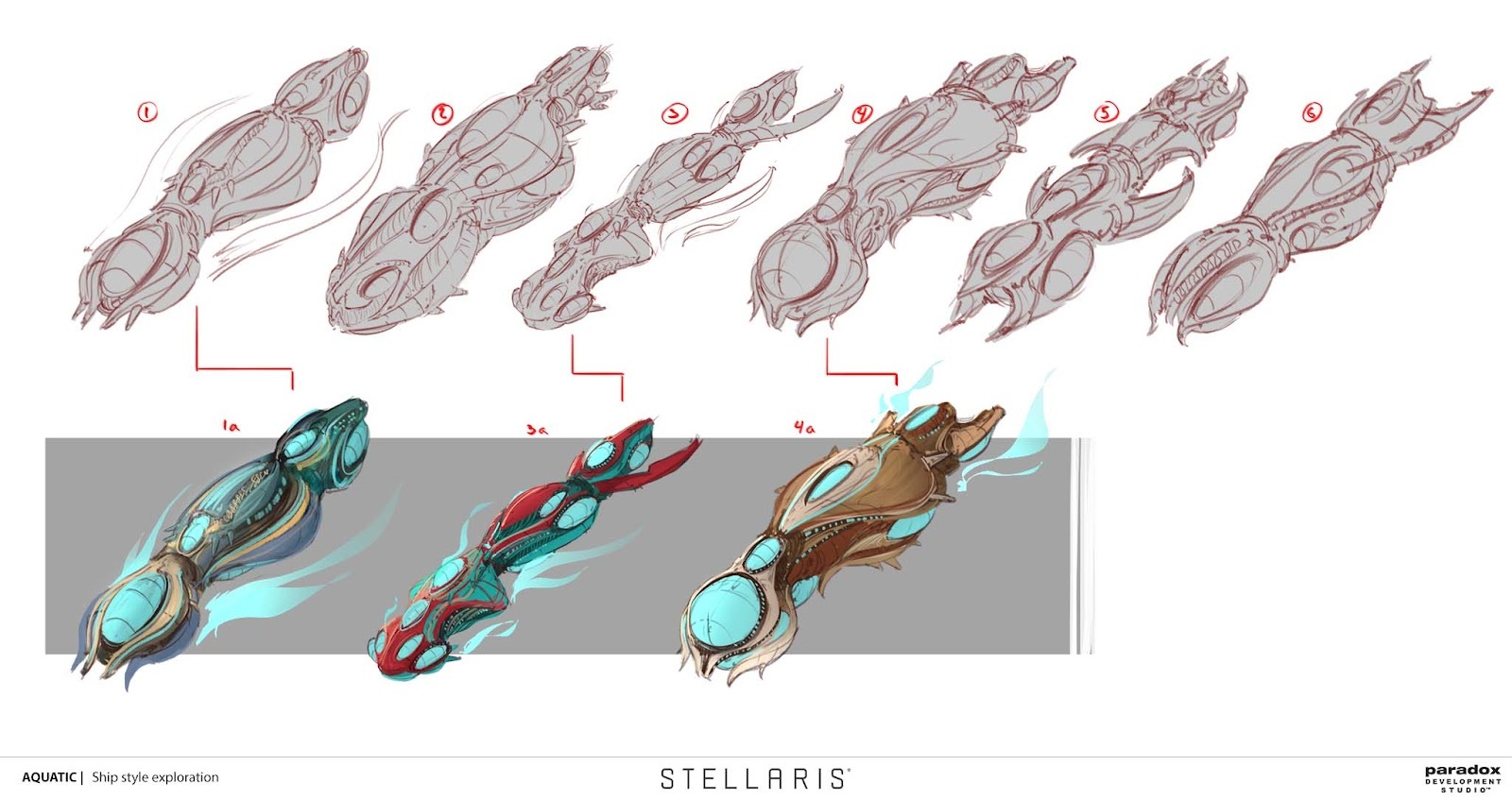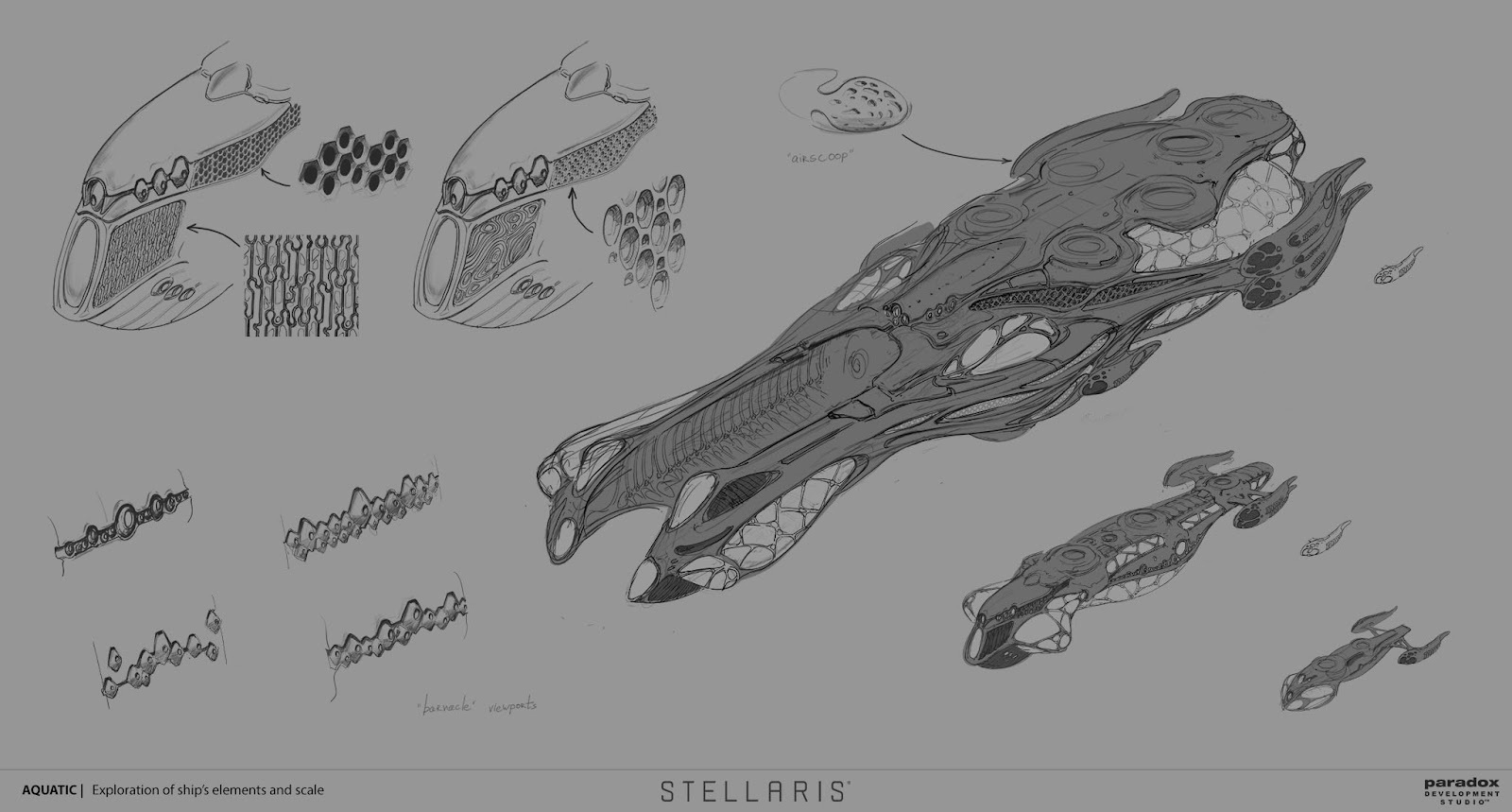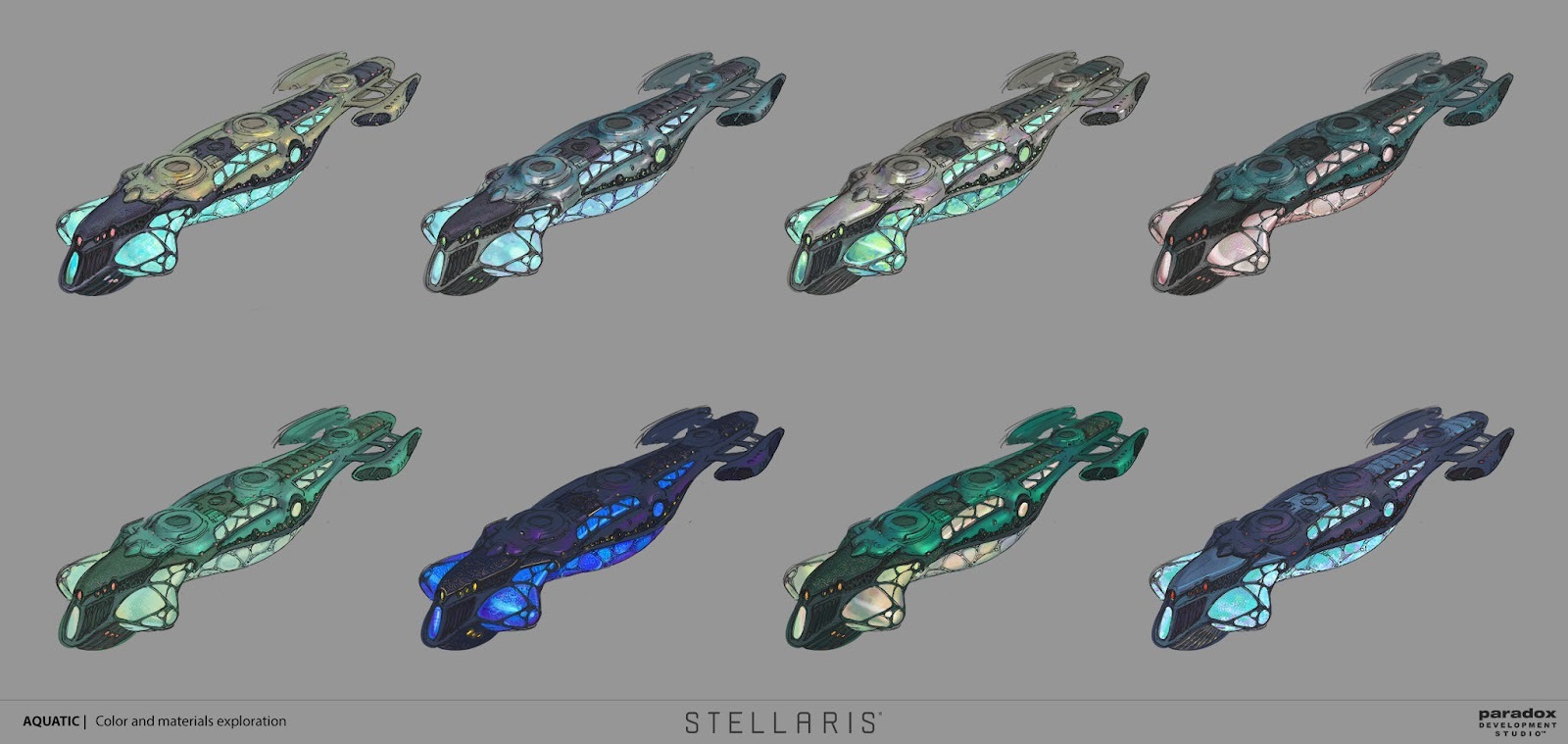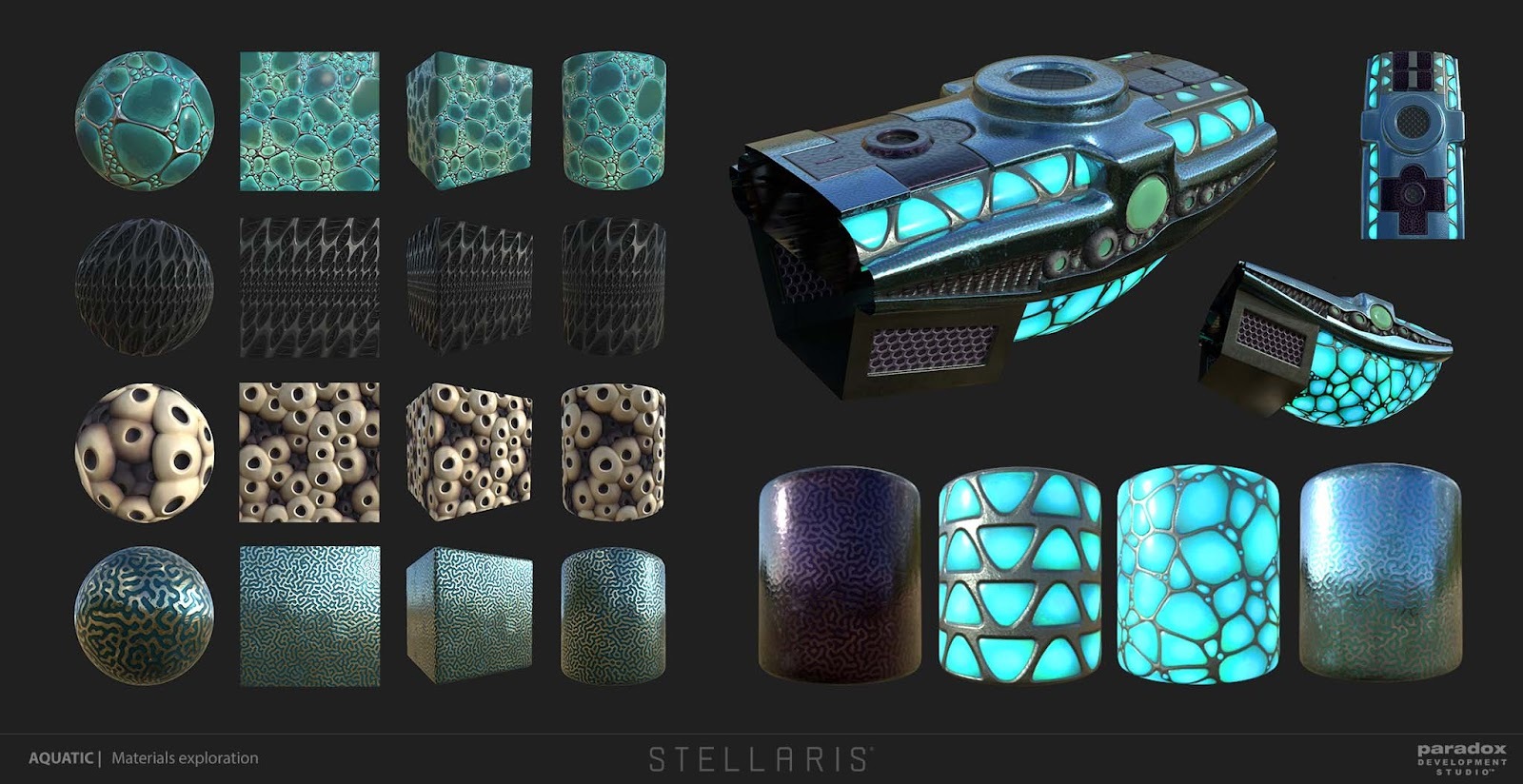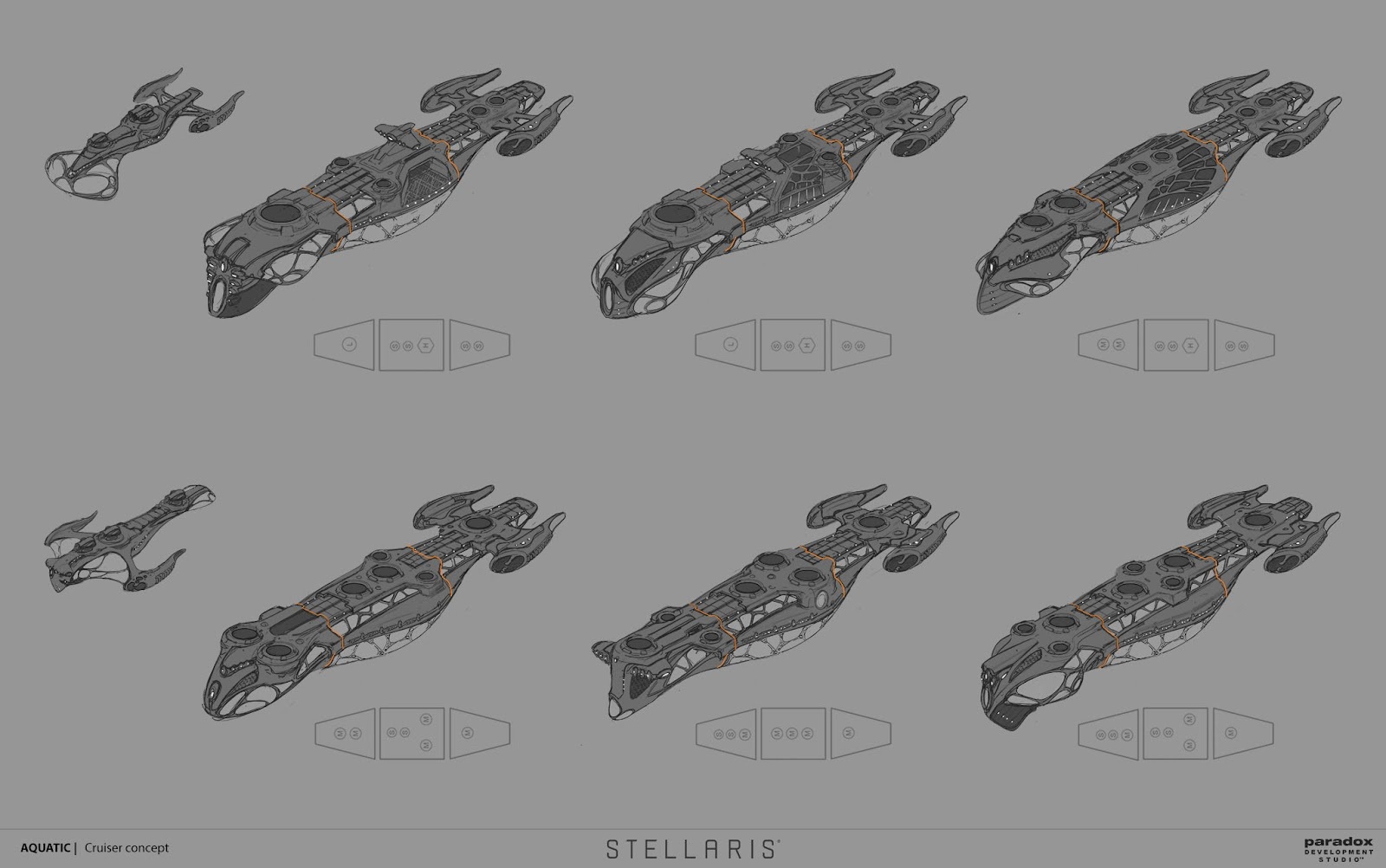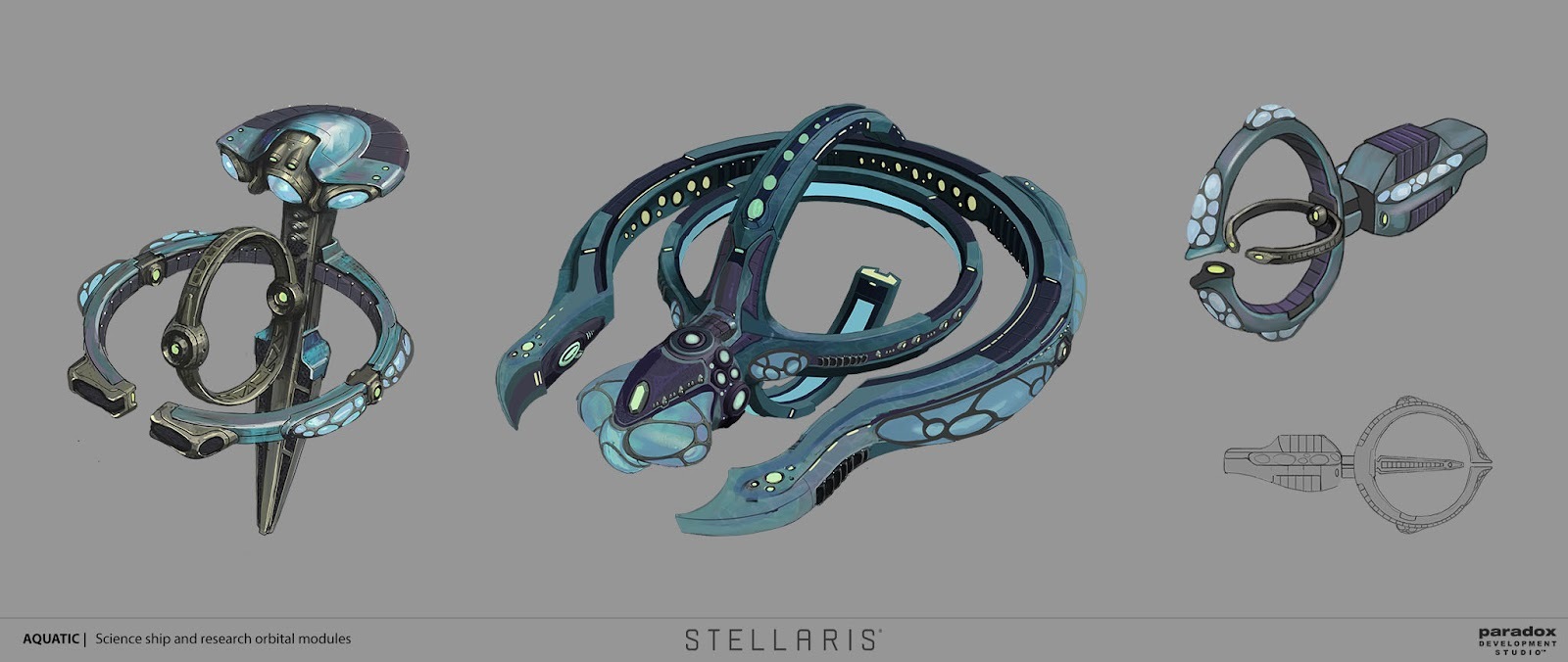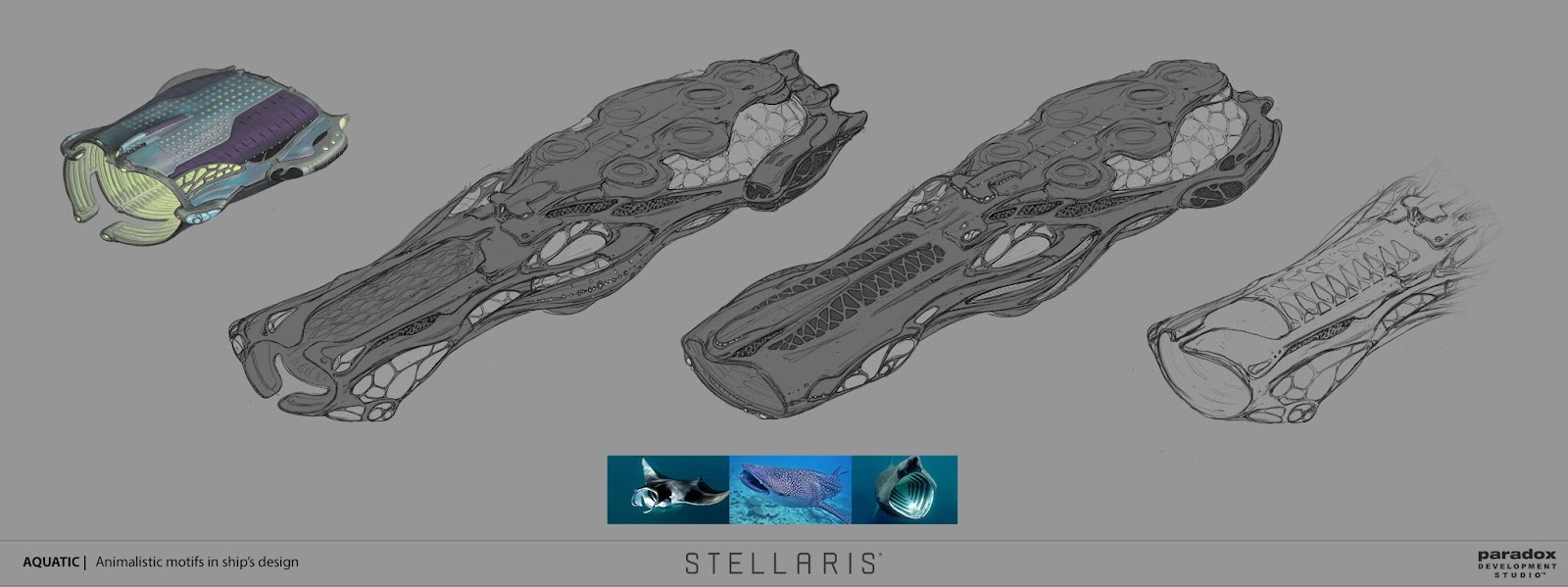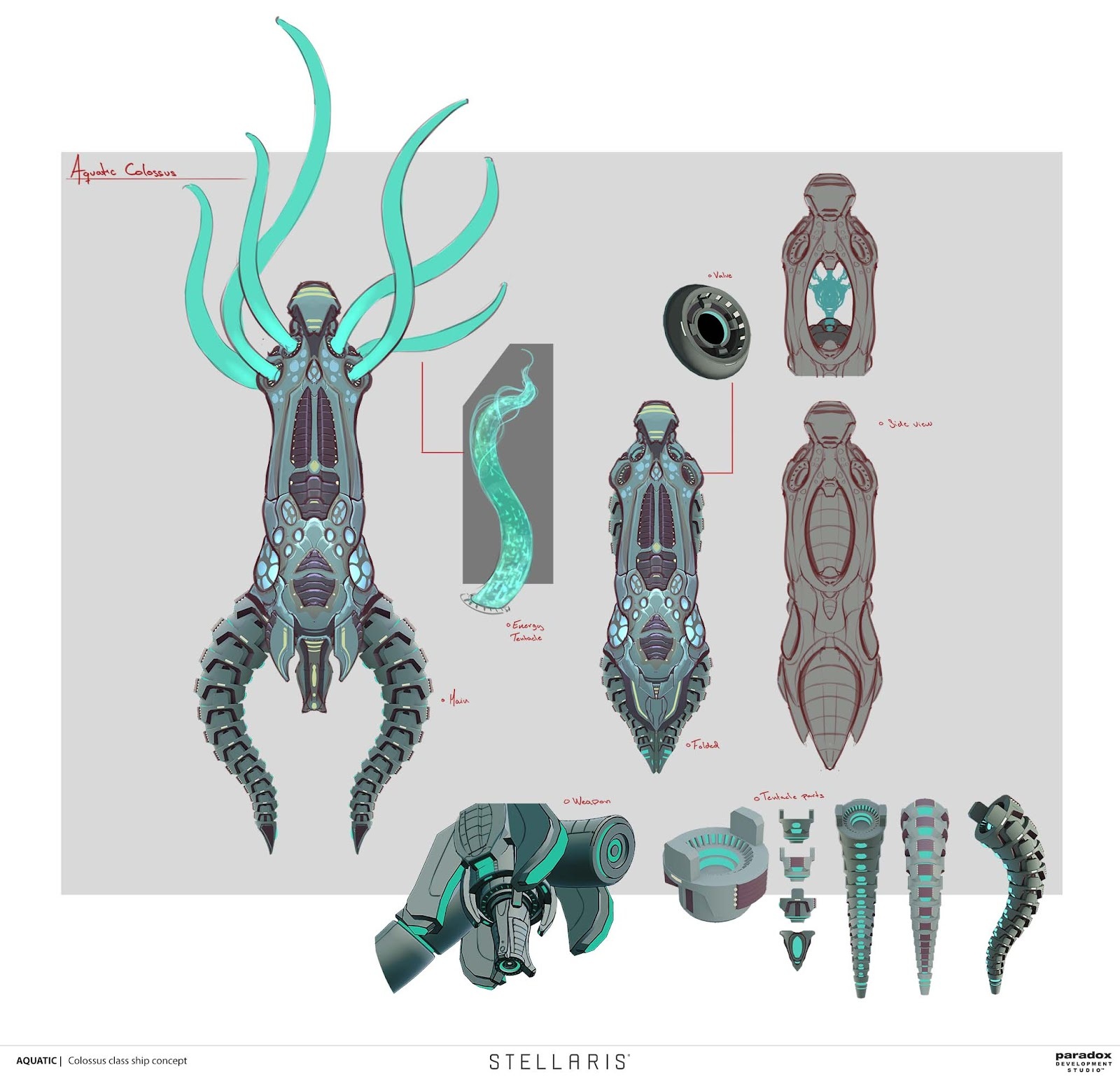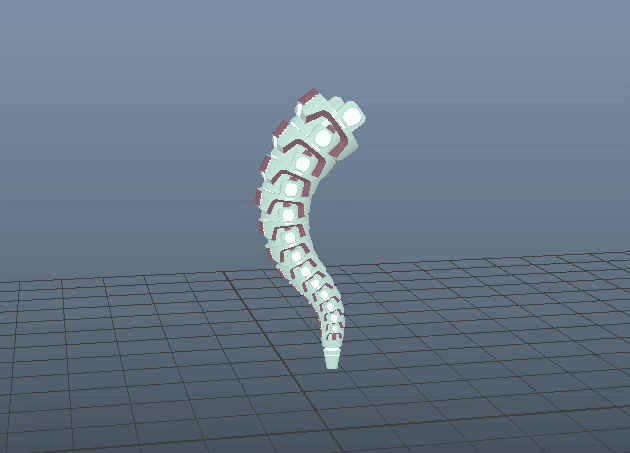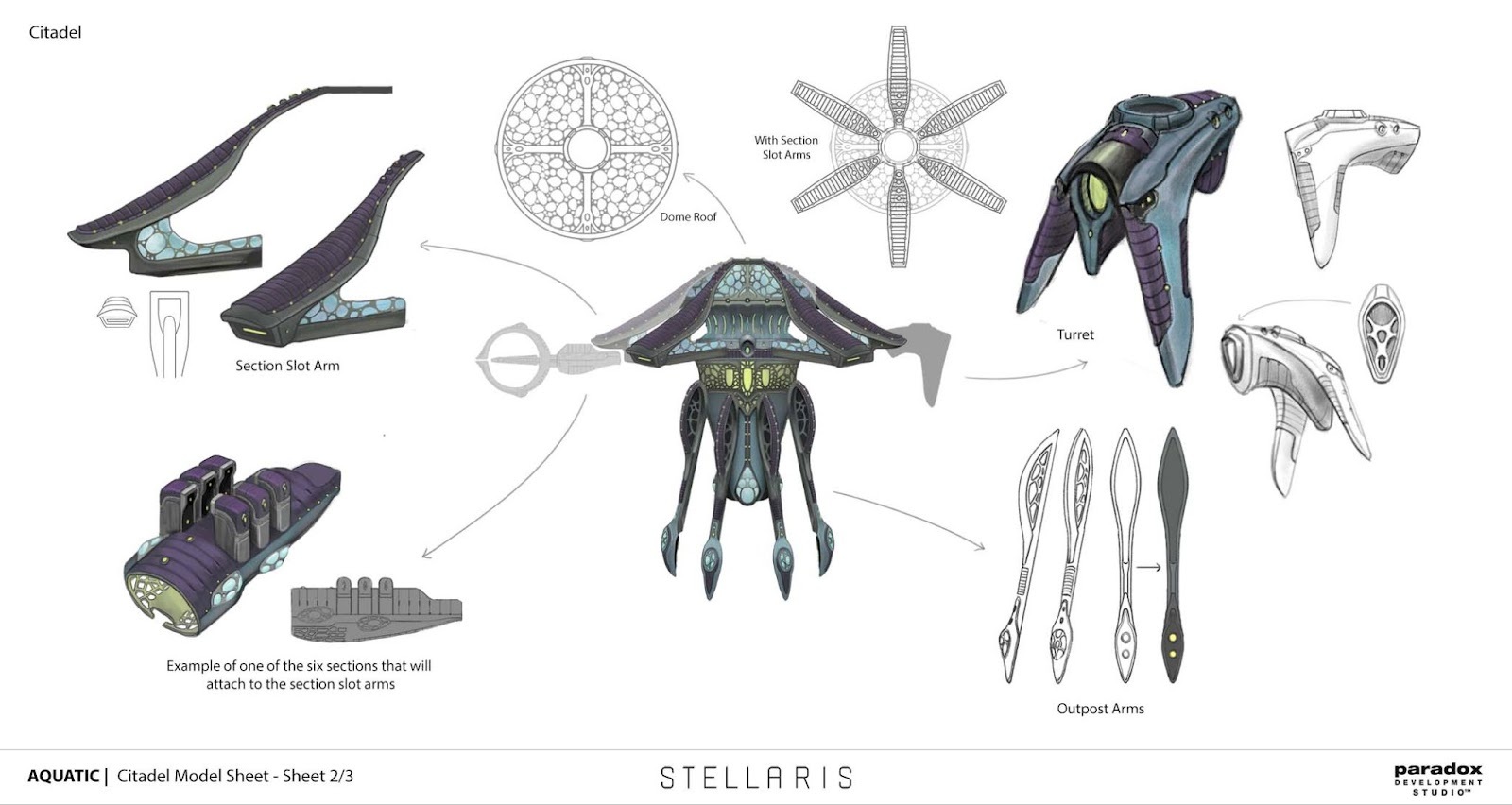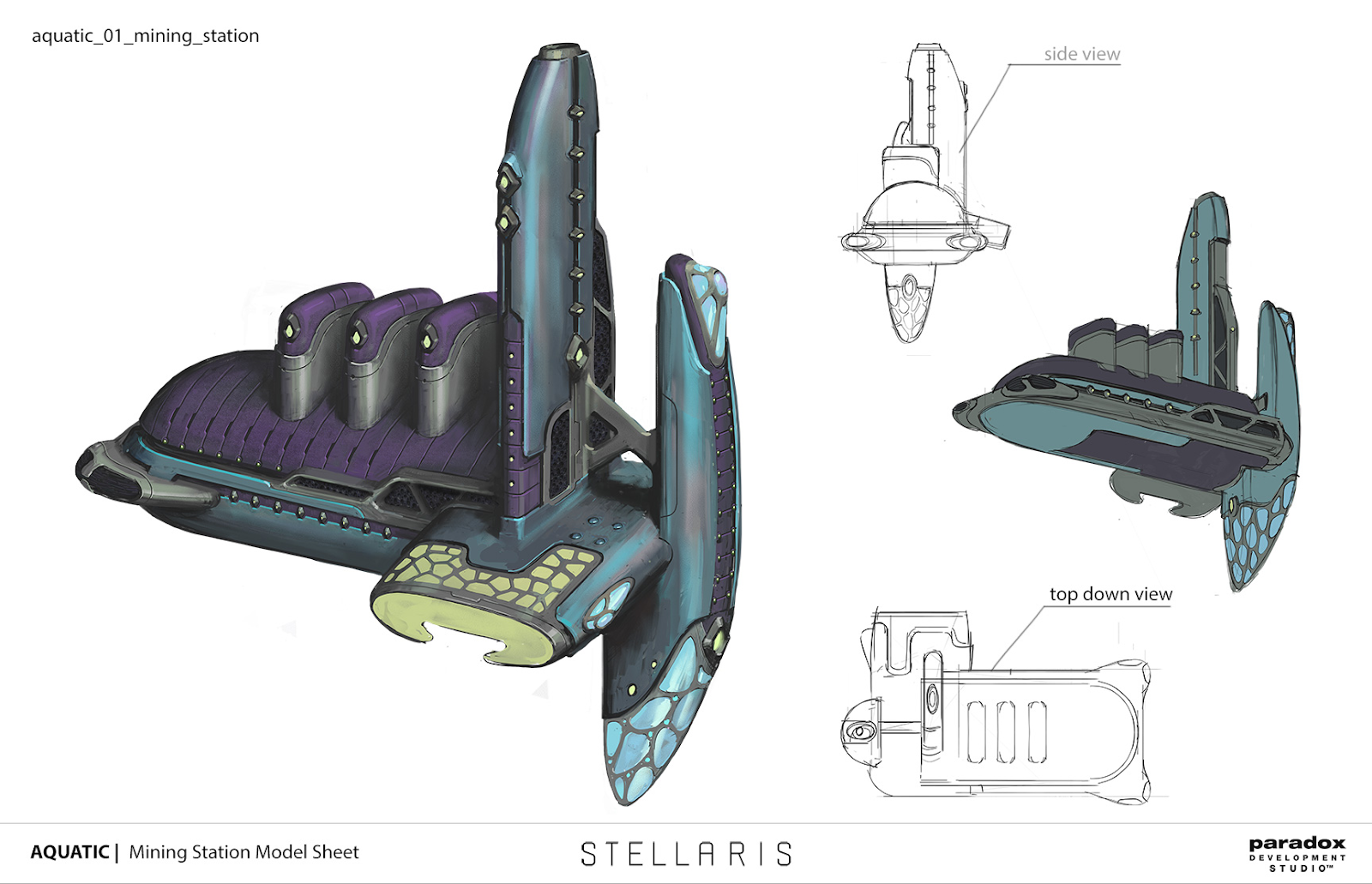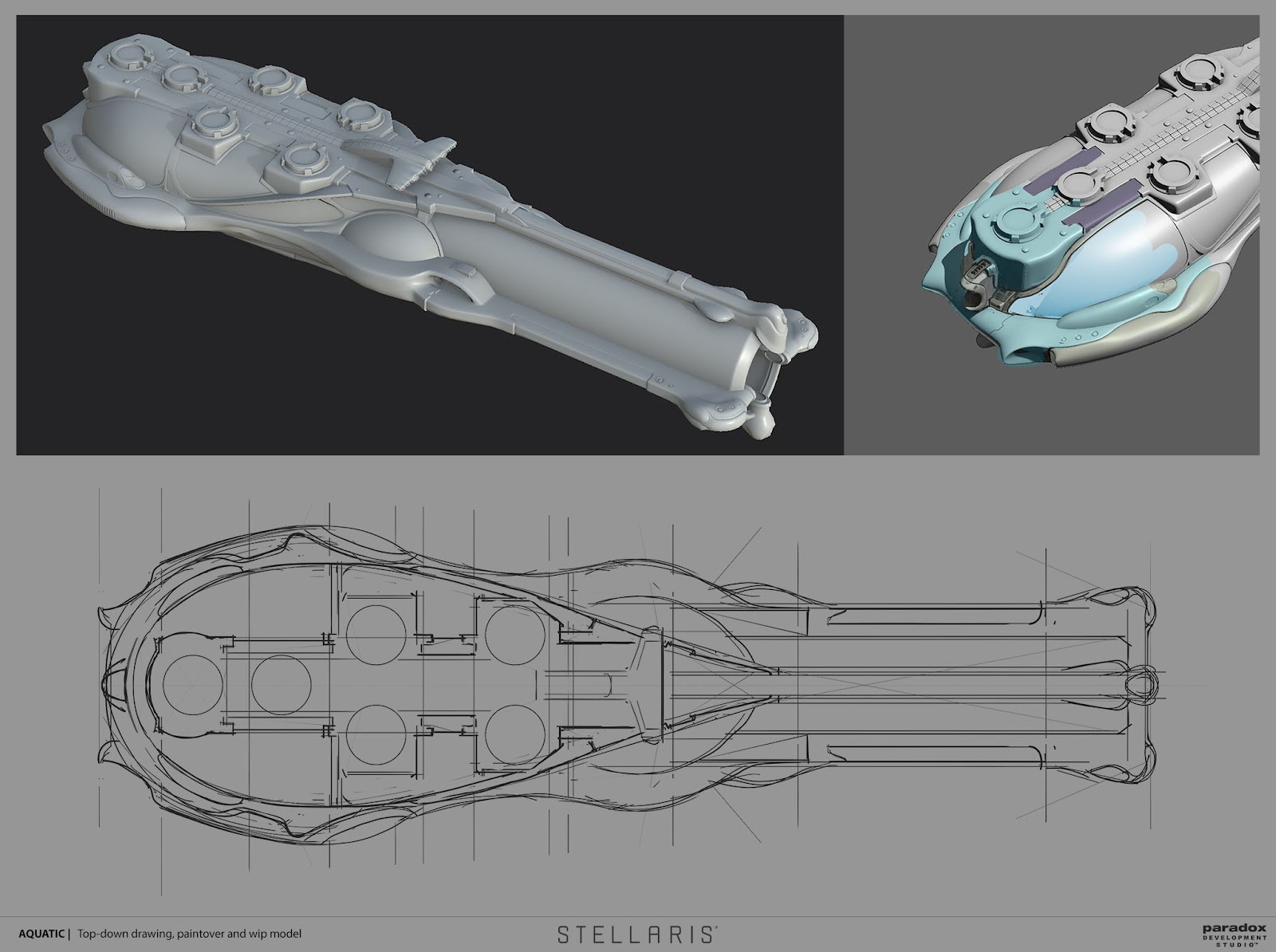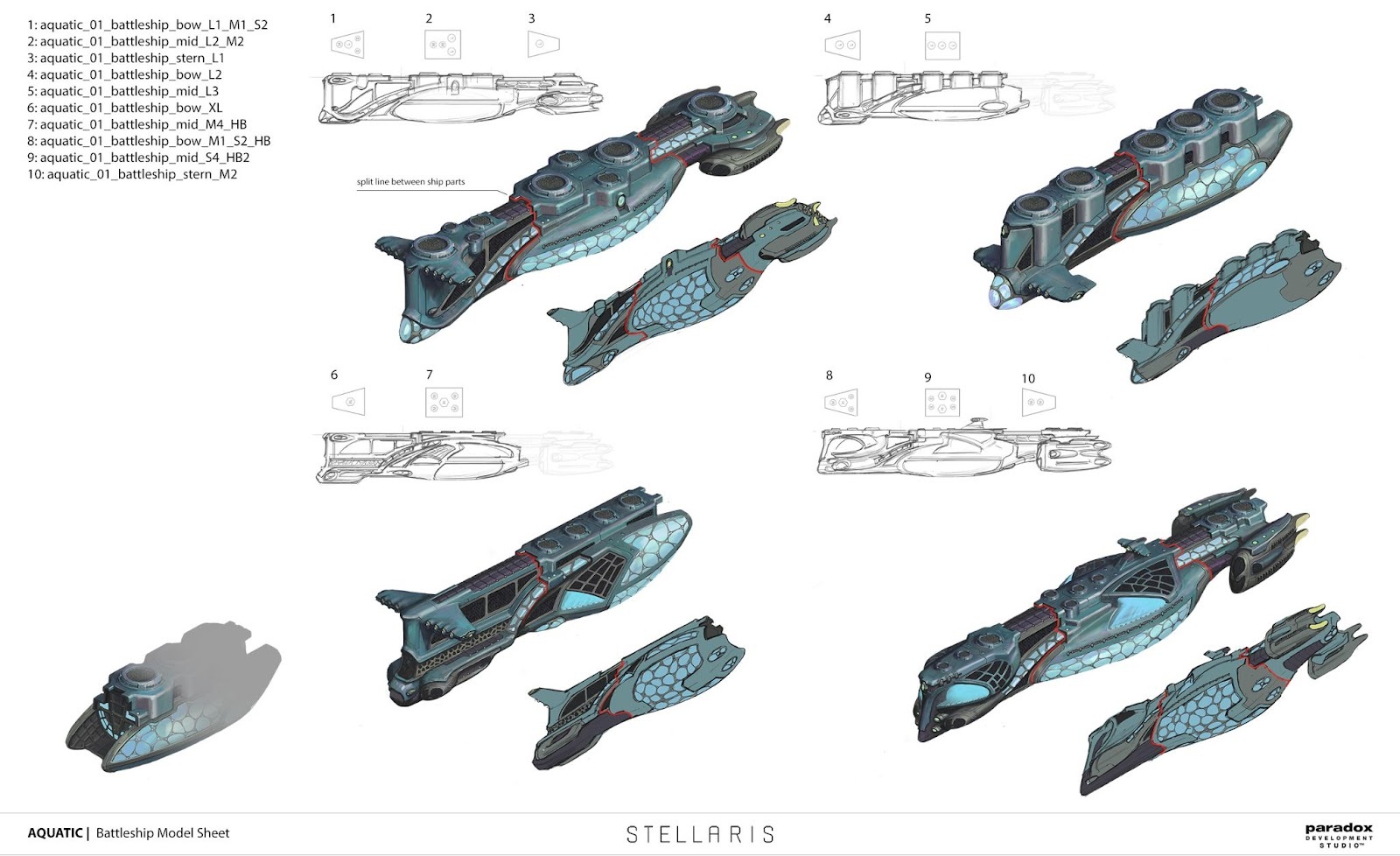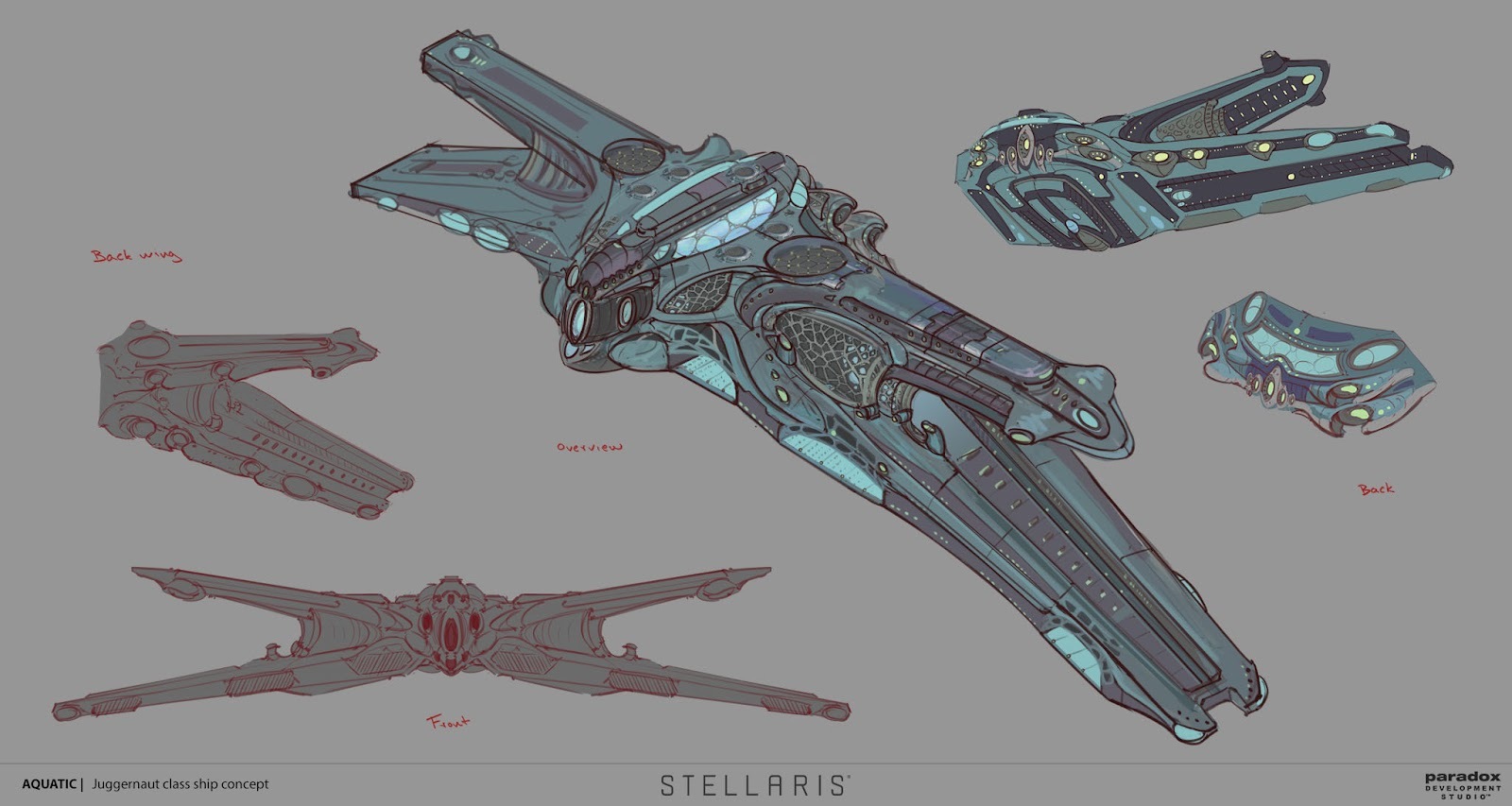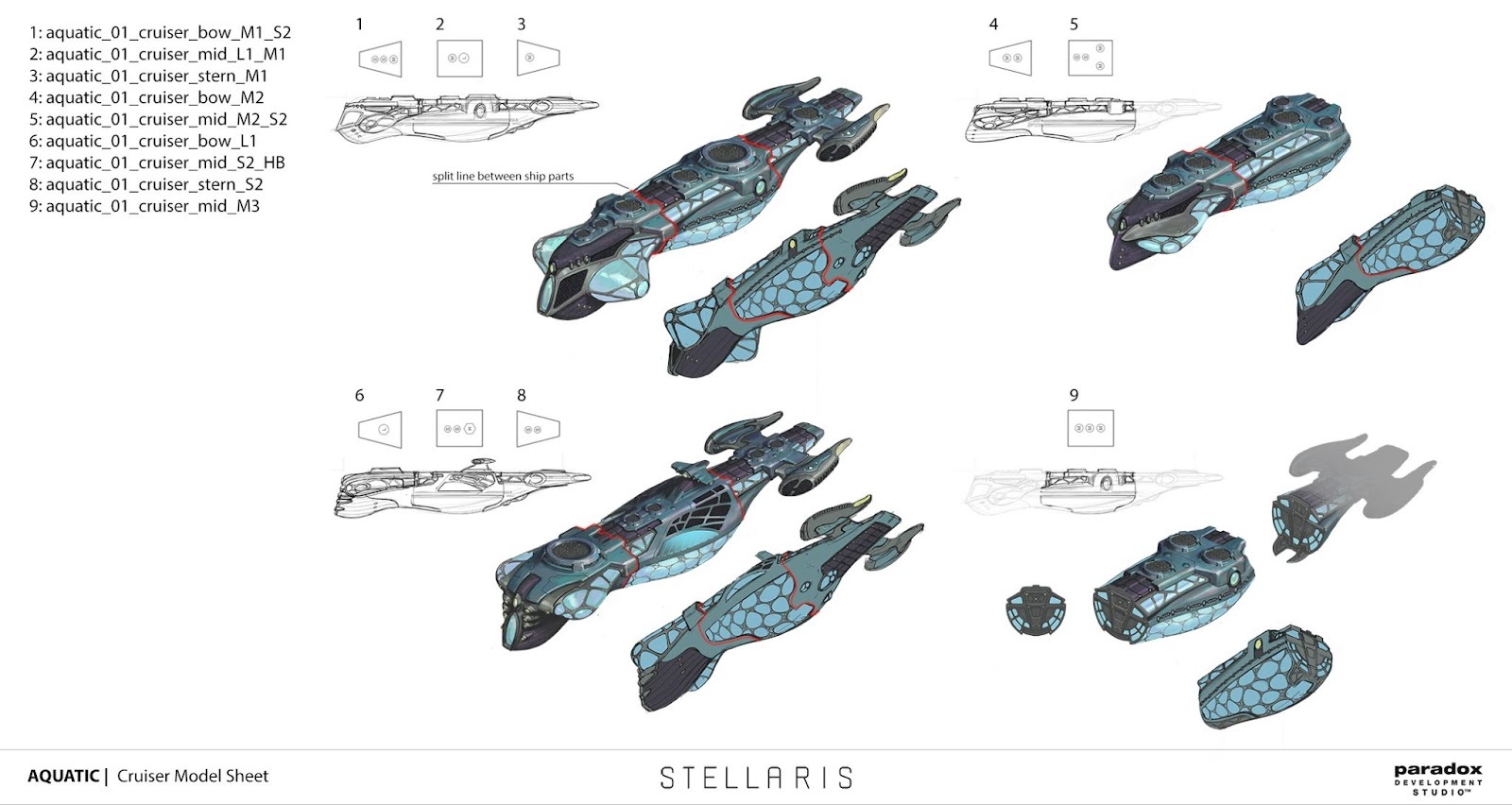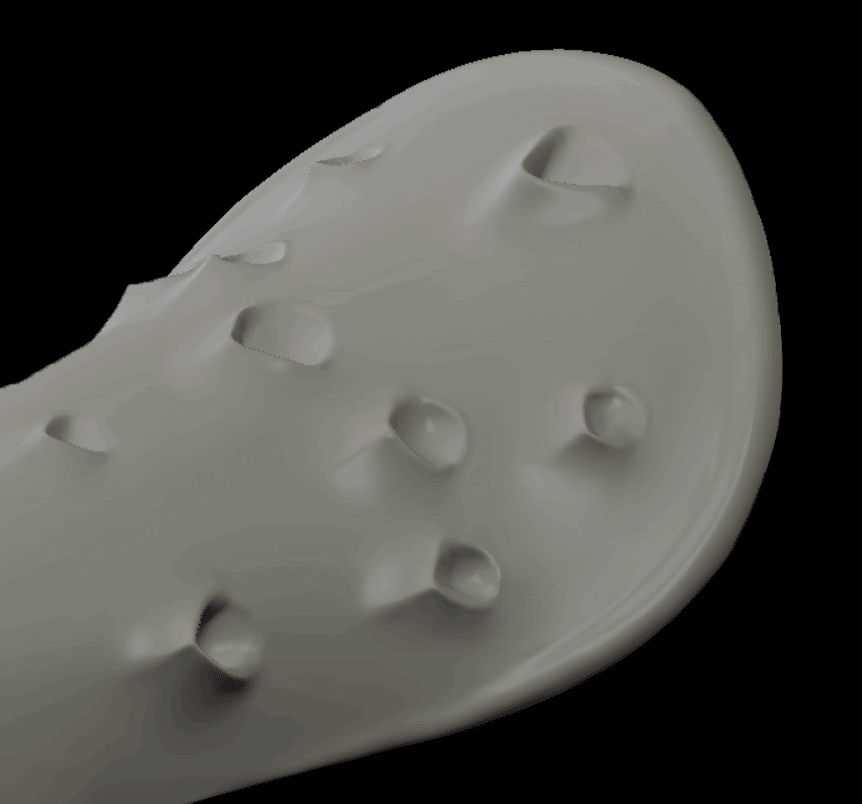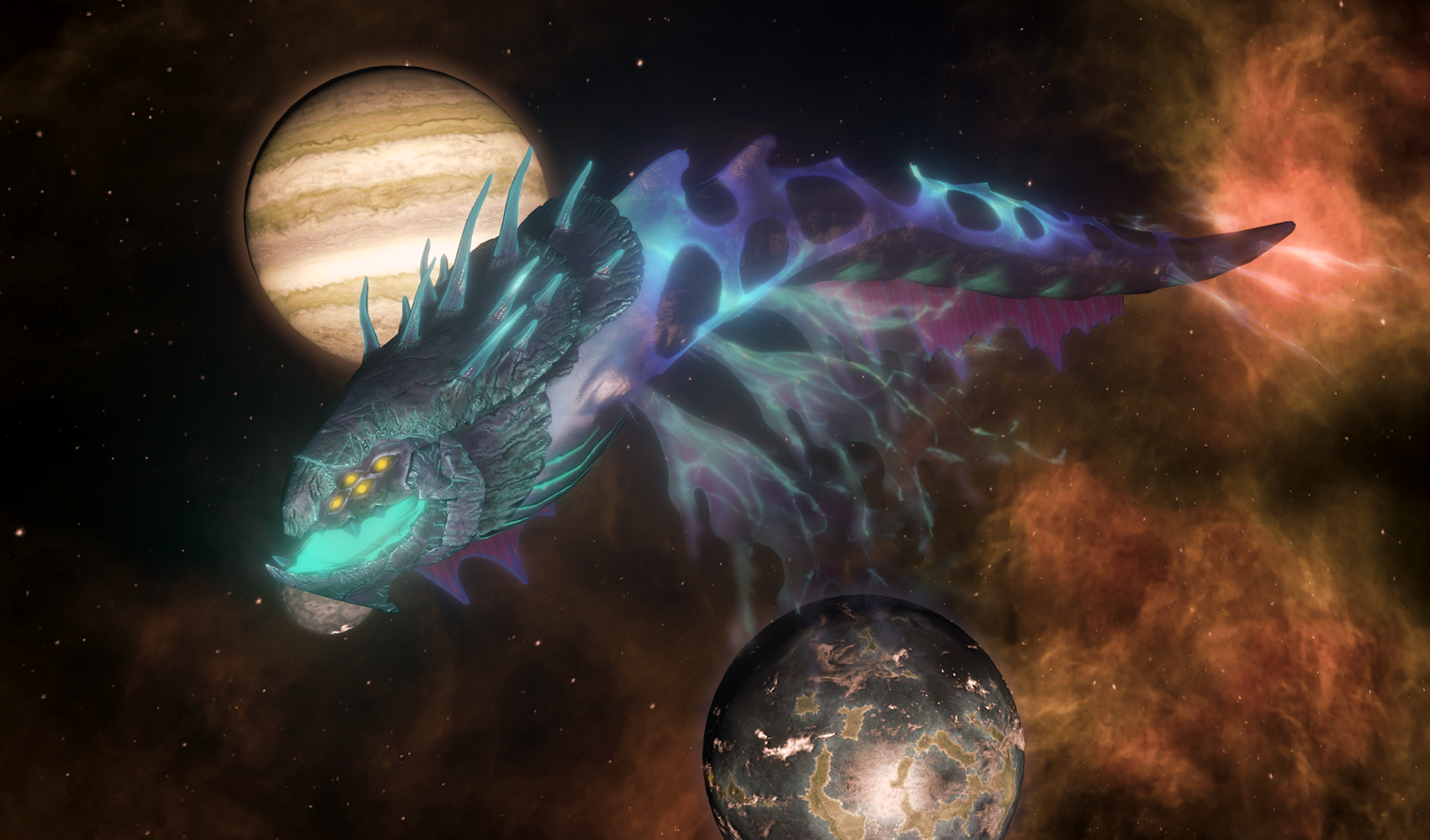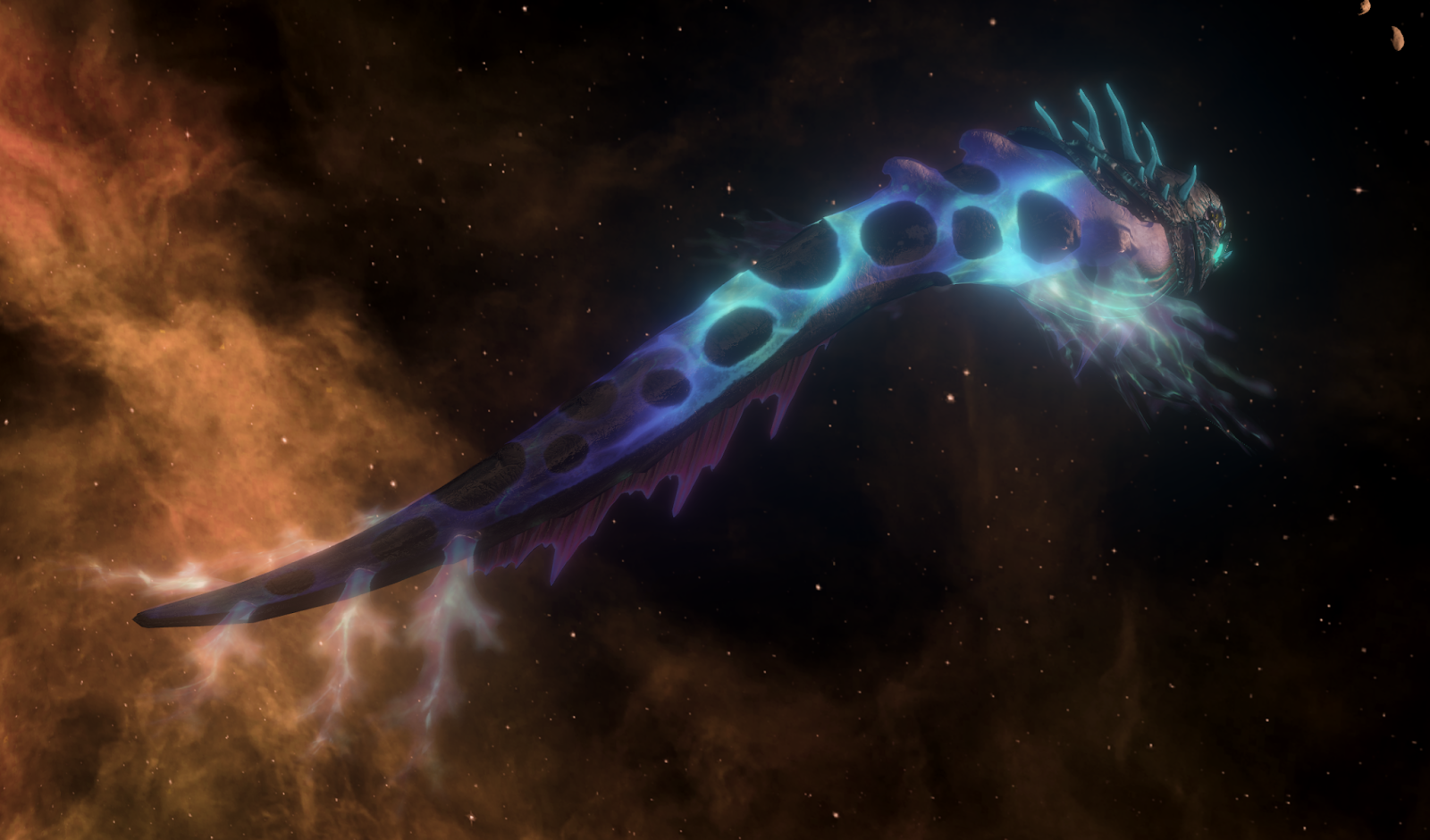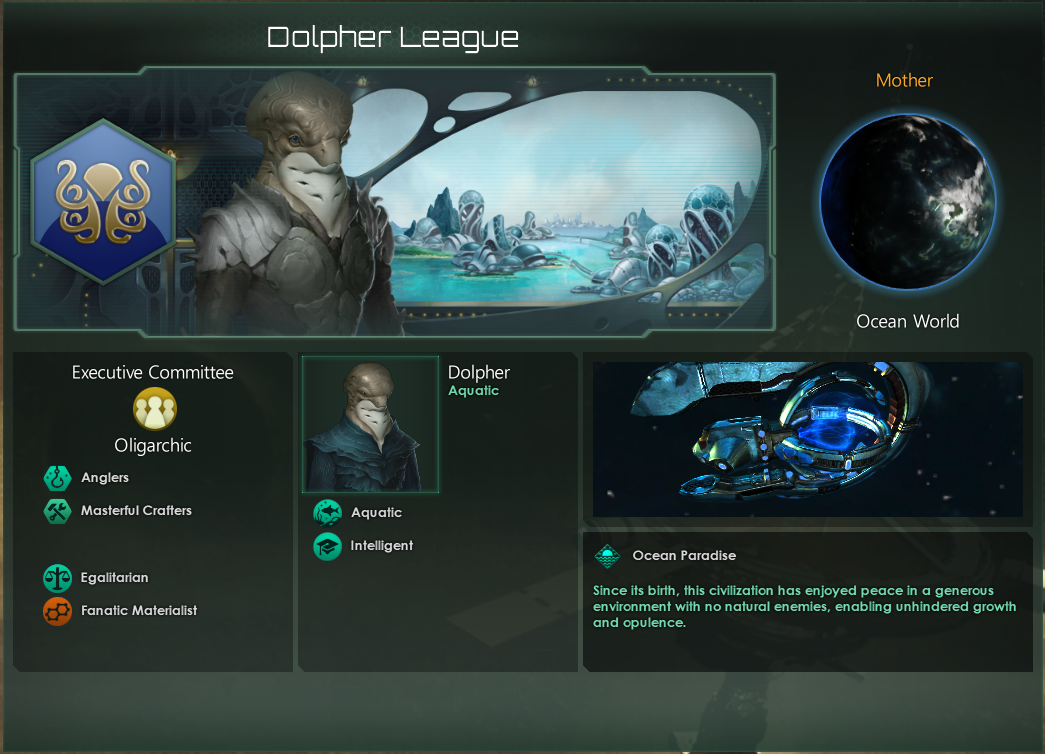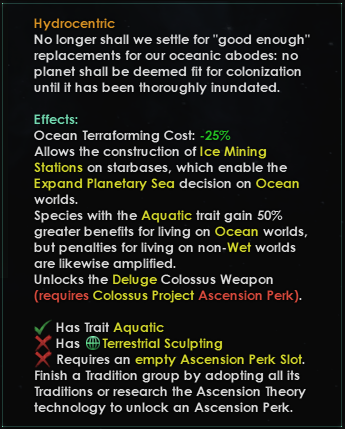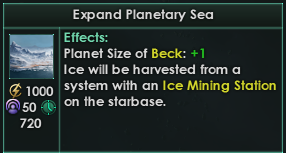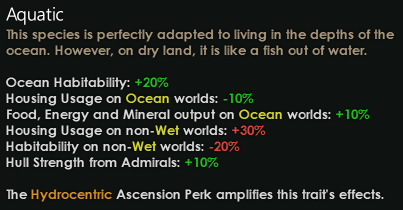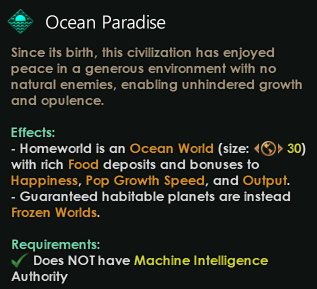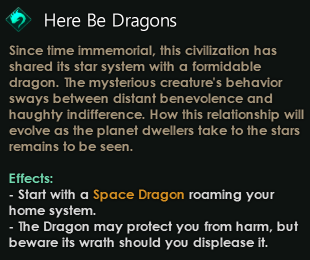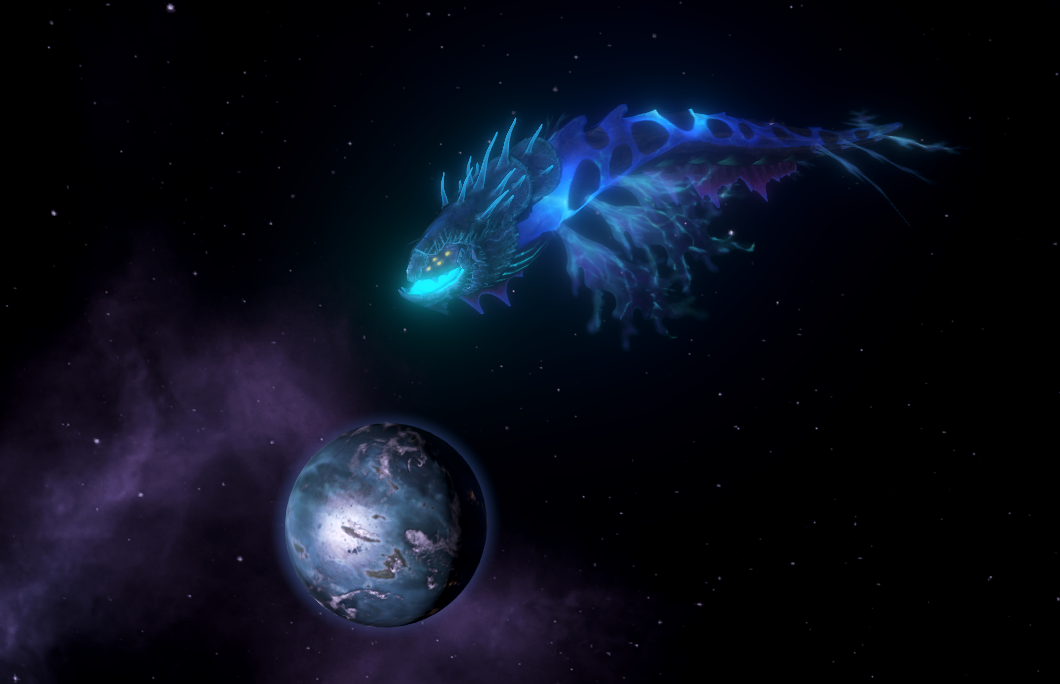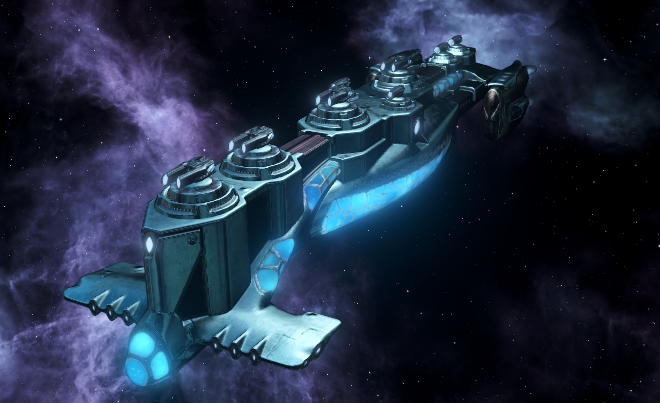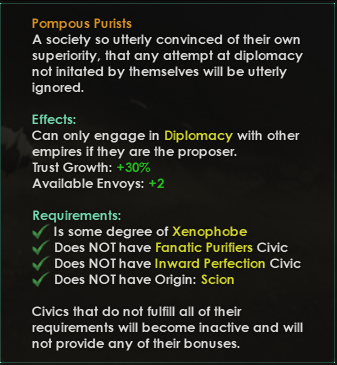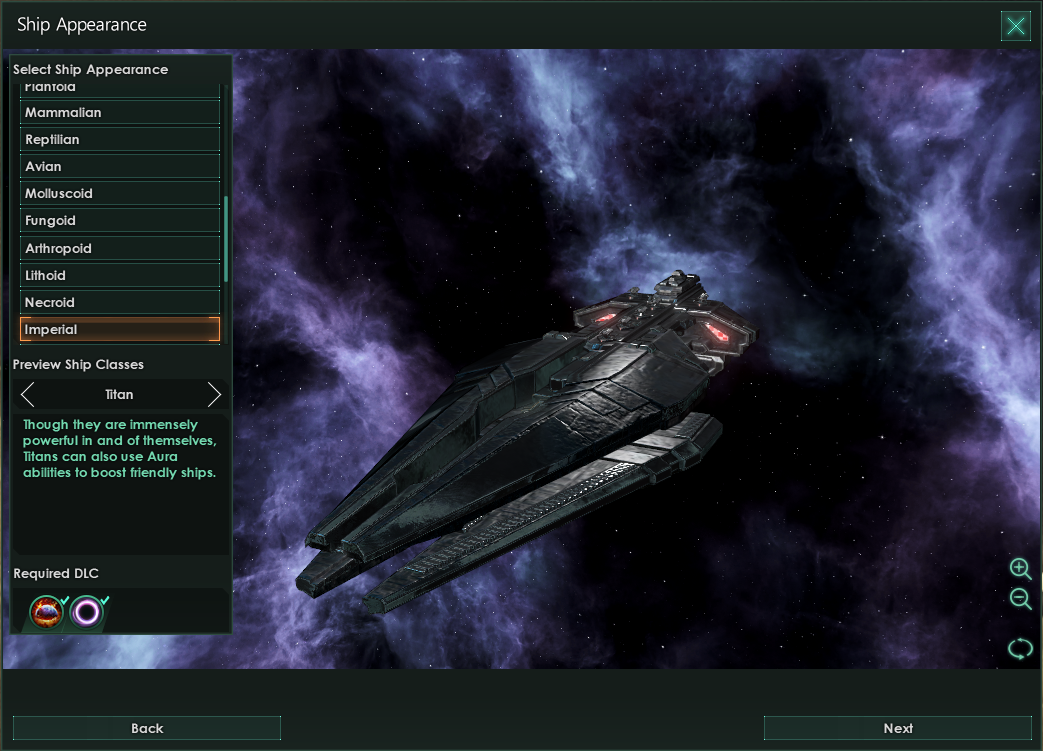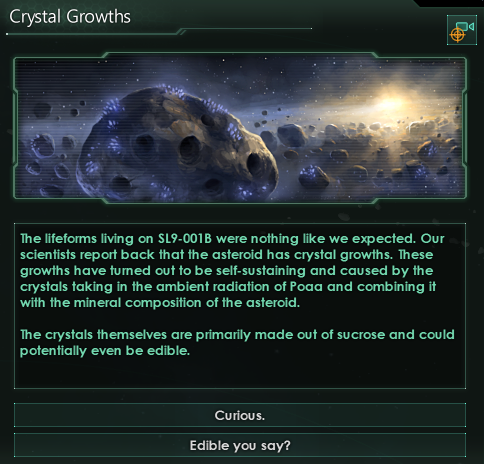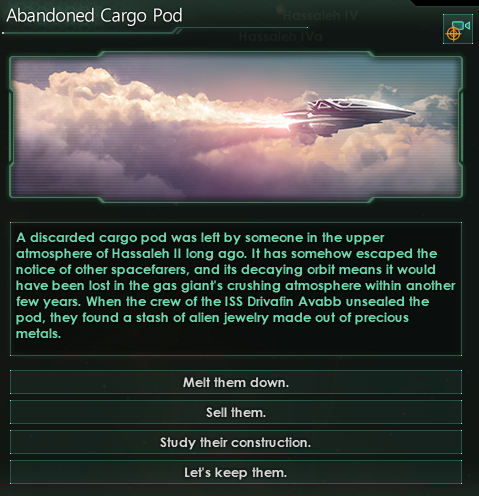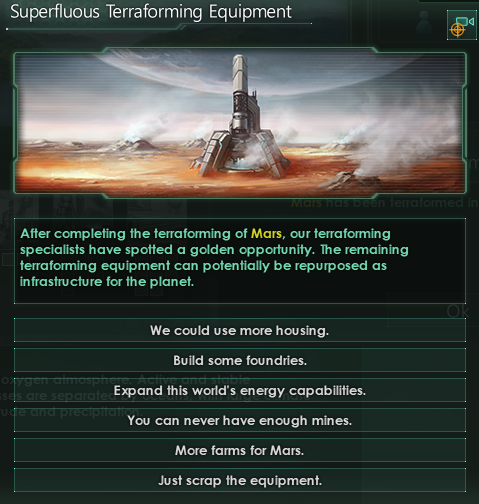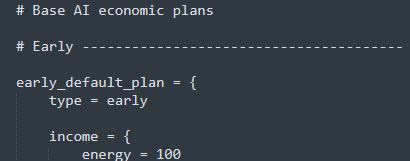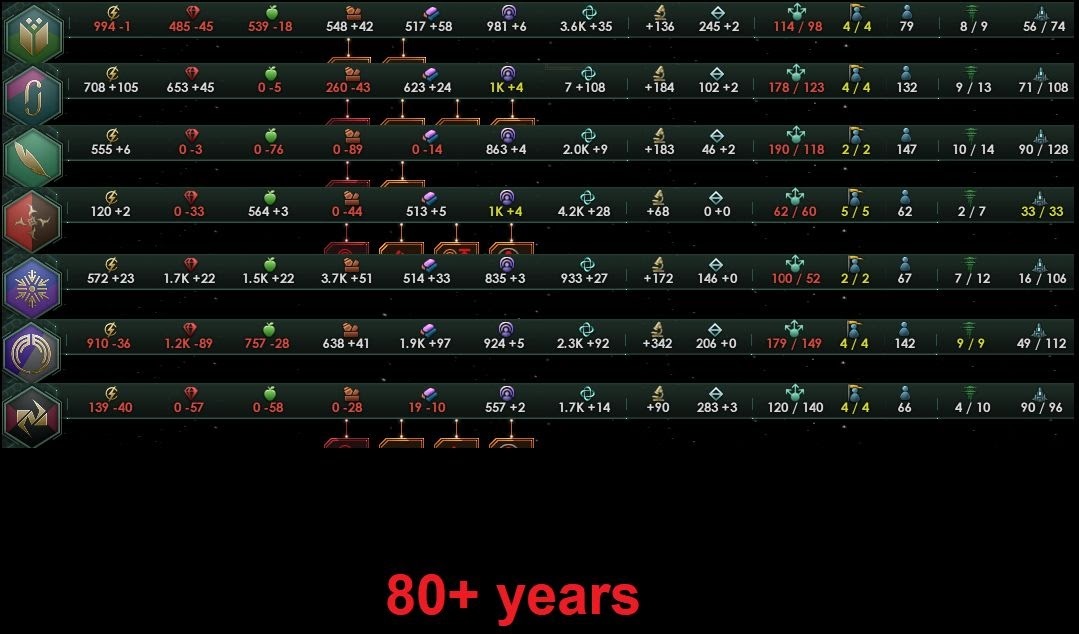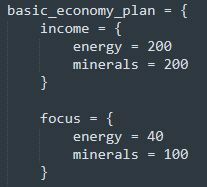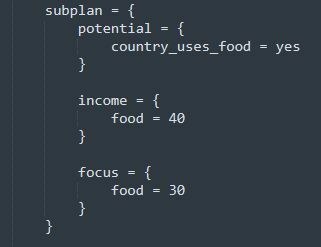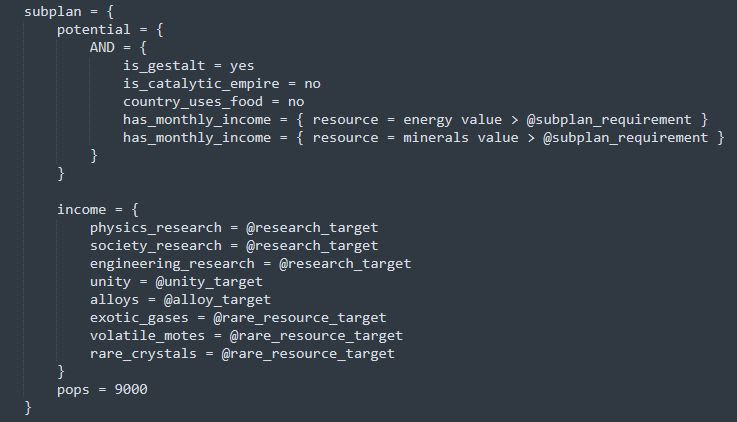
Stellaris - MrFreake_PDX
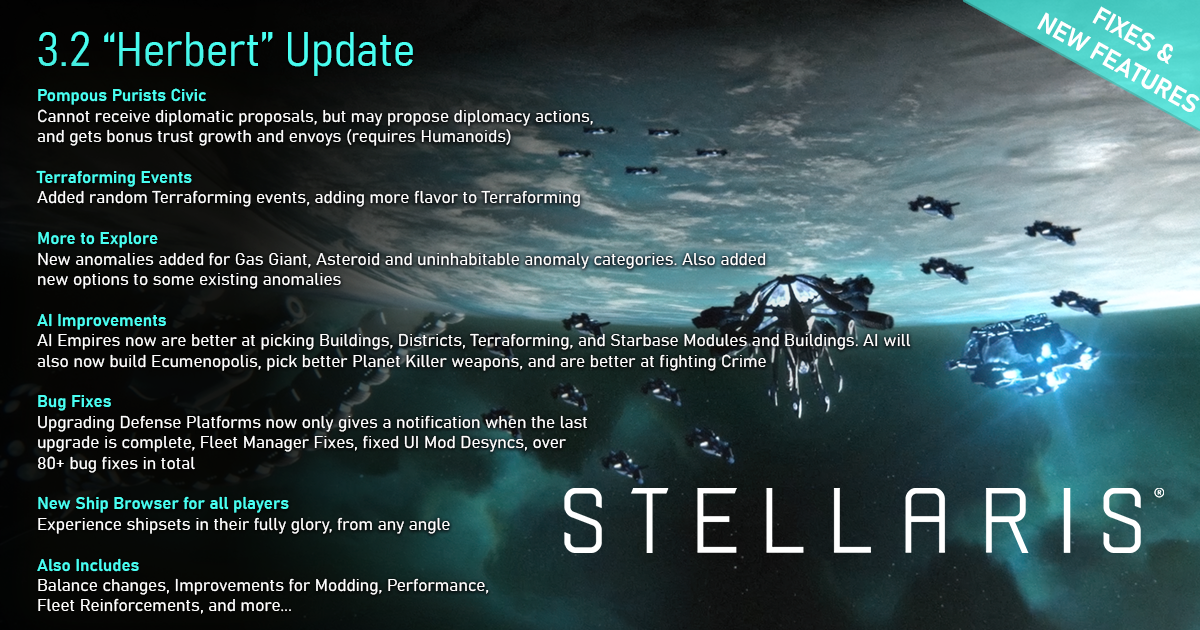
Hello everyone!
Yesterday we announced that Aquatics will be released this coming Monday, November 22nd, for USD $9.99/€9.99 or regional equivalent. We’re super excited to bring you this new Species Pack and we’re really happy to sea the positive reactions you all have had to the ships and portraits that we’ve shared over the past few weeks.
And as is the time-honored tradition, here follows the changelog for the Aquatic species pack, with the accompanied 3.2 ‘Herbert’ Update, named after renowned author Frank Herbert, that the Custodian team has been working on 😁
3.2 "Herbert" Patch Notes
[expand type=details]
#################################################################
######################### VERSION 3.2.0 ###########################
#################################################################
###################
# Aquatics Species Pack Features
###################
* Added a new Aquatic pre-scripted Empire.
* Added a new Phenotype with 16 new portraits (15 normal + 1 robot) of fishy looking Aquatics.
* Added a new City Set and room backdrop for Aquatics.
* Added a new bubbly Ship set.
* Added a new Advisor Voice.
* Added a new Civic: Anglers.
* Added a new Species Trait: Aquatic.
* Added two new Origins: Ocean Paradise and Here be Dragons.
* Added a new Ascension Perk: Hydrocentric.
###################
# Humanoids Species Pack Features
###################
* Added a new Civic: Pompous Purists.
######################
# 3.2.0 "Herbert" Features
######################
* Multiplayer hosts that own the DLCs now unlock portraits as well as ship and background sets from the Plantoids and Humanoids Species Packs for clients that do not own them.
* Added the ability to pick your main species' gender during game setup.
* Added over 200 new star names for random galaxy generation.
* Added 13 random events to terraforming to make the feature more engaging.
* Added 4 new asteroid-related anomalies to spice up old anomaly categories.
* Added 4 new Gas Giant anomalies.
* Added 4 new anomalies to existing, uninhabitable worlds anomaly categories.
* Added new options to several old anomaly events which share categories with the newly added ones above.
* Enabled the Ship Browser for all players.
######################
# Improvements
######################
* Reinforcement fleets will now attempt to find a safe but longer path if the shortest path to the target fleet is not considered safe. This will reduce how often reinforcement fleets are spawned at the shipyard at the cost of increasing the MIA time (due to taking a longer path) in these cases.
* Reinforcement fleets now consider systems that have both hostiles and allies in them to be safe for pathfinding purposes.
* Reinforcing fleets using jump drives no longer require a safe hyperlane path to the fleet they are reinforcing.
* Improved how shipyards are selected when constructing reinforcements to better utilize stations with multiple shipyards and mega shipyards.
* Reinforcing fleets that fail to find a safe path to the target fleet will now merge with other fleets orbiting the same shipyard, if both fleets intended to reinforce the same target fleet.
* Plantoids and Fungoids are no longer forced to have no gender, as you can now freely pick species' genders. Instead, every randomly generated species now has a 30% chance of being one of: genderless, female-only or male-only.
* Added an additional option to the Alien Box event chain for Gestalts.
* Added an Industrial colony designation to Ecumenopolis.
* Made it so colony events will not fire on newly terraformed worlds to avoid some Ludonarrative Dissonance.
* The default flag of new empires is now randomized, say goodbye to the red-black triangle flag!
######################
# Balance
######################
* Functional Architecture and Constructobot: Reduced the free building slots granted from 2 to 1.
* Agrarian Idyll empires now get one planet building slot per four Agricultural districts built.
* Reduced the ship upkeep cost modifier for Clone army Admirals variants to 5/10/20% respectively.
* Ruins of Shallash arc site no longer has a chance of giving quite as much unity as defeating an endgame crisis.
* You can no longer use planet killer weapons on primitives inside your borders if you lack the appropriate primitive interference policies.
* Pops working the Livestock job now have 10% less political power.
* A lot of anomalies were rewarding 3 Society Research deposits, there is now more variety.
* Made Awakened Fallen Empires use Traditions.
* Several productivity-improving technologies are now no longer of dubious benefit, as their upkeep (and production) effects now only apply to jobs actually primarily producing resources.
* Nerve Stapled Hivemind pops can no longer perform complex drone jobs.
* Reduced the amount of jobs added by Leisure Arcology Districts to bring them into line with other Ecumenopolis districts.
* Ion cannons are no longer free to maintain, and have an upkeep cost of 8 energy.
* Necro-Hives:
* * Cut Necrophage pop assembly penalty to 50% from 75%
* * Made pop output modifiers (positive and negative) no longer apply to hive minds.
* * Made the -50% organic upkeep also apply to energy, for photosynthesis.
* * Devouring Swarm Necrophages now spawn with extra infrastructure to account for the lack of chambers of elevation.
* Life-Seeded now start with a 30 space planet
######################
# Stability & Performance
######################
* Fixed an OOS caused by using button effects in custom MOD UI, so now you can go back to building that Nicoll-Dyson Beam to "ensure galactic peace and prosperity".
* Improved the performance of pop factions updating their support values - resolved an issue where the game looped over every pop in the Empire for each faction, rather than calculating it once for the whole Empire and referring to that value for each faction.
* Improved the performance of planet_resource_compare trigger, and cut down on its use a bit as it's still quite expensive.
* Improved the performance of a variety of checks by making more extensive use of species happiness caching.
* Cached calculations of pop_has_random_ethics to reduce performance impact of repeatedly checking it, by 50%.
* Optimised Rising Unemployment event's triggers to be only 15% as costly.
* The game will no longer try (and fail) to run Grey Goo event True Masters on every planet, every day.
* Optimised checks for whether a pop can belong to a certain faction by pre-filtering pops by ethics in code (rather than running the script checks on all pops). For modders: this means that a faction will only allow pops which match its "guiding_ethic" in it, unless "use_guiding_ethic_as_pop_filter = no" is specified.
* Optimised several expensive pop faction demands that were checking all pops instead of all species, and similar.
* Improved the efficiency of checking whether a pop faction should exist.
* Optimised checks for jobs' "possible" trigger so that the four most common triggers are now pre-calculated per pop rather repeatedly for each job that a pop can take. (The format looks a bit different now, with possible_precalc, so modders will need to update a bit here - the error log will warn you in most cases, except that you also need to add a check when you use complex_specialist_job_check_trigger).
######################
# UI
######################
* The Music Player controls bar now starts hidden and can be extended by clicking the music icon.
* The title of the Music Player is now localised.
* Pop strata icons no longer overlap in Living Standards' tooltips.
* Tab-key in Console now also lists commands containing entered text.
* Disabled "Delete" and "Update Template" buttons when editing a base species template.
* All languages now list the main menu hotkeys ("N" for New Game, etc).
* Added a description to how migration works to the Transit Hub star base.
######################
# AI
######################
* Improved AI algorithm for picking which building and district to build by fixing an issue where it would not handle buildings or districts which produced multiple resources very well
* Improved AI logic for building starbase modules and buildings. It will no longer spam crew quarters everywhere, and will instead be better at building useful things like resource-producing buildings and titan assembly yards.
* On starbases, AI can now build Ice Mining Stations, if it is hydrocentric
* On starbases, AI can now build Dragon Hatcheries if it got the tech
* On starbases, AI is building less crew quarters in general and in places where it doesn't make sense
* On starbases, AI is building a lot more anchorages
* On starbases, AI is also building a bit more solar arrays if it is a gestalt
* On starbases, AI is also building hydroponics now, since that has been buffed a lot and is way more useful to the economy
* On starbases, AI will now handle starbases after taking over from a player - but it will NOT build lots of defense modules everywhere and tank the economy that way
* Made AI empires more careful about running out of food.
* Rogue Servitors AI (and player default) is now to give their bio-trophies migration rights, rather than to not do so.
* The AI is now able to create Ecumenopolises.
* AI is now better able to budget for repairing the Shattered Ring World that Shattered Ring origin Empires start with.
* The AI is now better able to budget for terraforming, and will more readily terraform planets into classes which are ideal for them.
* Fixed AI sending small fleets to attack starbases without grouping up.
* Fixed AI trying to build starbase buildings and modules it wasn't allowed to be building in certain cases
* Improved AI weights for planet killer weapons, so they will tend to pick the one that benefits them the most. (This also applies to the player's auto-generated ship designs).
* The AI will now consider anti-crime campaigns a valid way of fighting crime. But it will also occasionally make deals with crime lords if it is the victim of a Criminal Syndicate.
* Fixed an issue where AI empires would leave fleets behind in others' space after peace was concluded.
######################
# Modding
######################
* Starbase components can now accept economic output modifiers in station_modifier and system_modifier.
* Added on_queued and on_unqueued in decisions, and fixed a bug in abort_effect. (Also added an example sheet to show what all works: abort_effect and abort_trigger were probably hidden features).
* Added use of [loc] commands in decision descriptions.
* Fixed set_owner not working on Juggernauts.
* In component_templates, valid_for_country is now a trigger rather than a weights block, as that is how it acted. (So if you used it, you will need to update that).
* Added on_destroy_planet_with_<planet_killer_key>_queued/unqueued on_actions.
* Added species_gender trigger, which checks what gender settings a species allows.
* Fixed a mod compatibility issue where has_deposit would not predictably return false if referencing a non-existent deposit.
* Added a create_nebula effect.
* Changed terraforming costs to use the post-Megacorp economy system.
* Removed unused technology parameter terraform_cost_change (use regular cost modifiers instead).
* Removed 'energy' parameter from terraforming links (use 'resources' instead).
* Changed any_planet_army, count_planet_army, random_planet_army, and every_planet_army to no longer be restricted to armies owned by the planet owner. Use 'is_owned_by = planet.owner' as a limit to achieve the same result as previously.
* Fixed issues with inputting prev and from scopes in fire_on_action.
* set_name can now be used on first contact sites.
* Added custom tooltips database for galactic objects with triggers to be executed for every system.
* Added allowed_planet_classes to trait definitions for locking traits behind planet class selection in empire creation.
* Added "show" trigger to ship size empire_limit to control when the limit is shown to the player.
* Added planet_clear_blocker_speed_mult..
* Fixed set_starbase_building/module to use slots starting with 1 rather than 0. This now matches both remove_starbase_building/module effects, and vanilla usage, but modders who compensated for this mismatch will need to adjust for the fix. Also improved error logging for these effects.
* Fixed missing names in tooltips for modifiers granted in triggered modifier sections of starbase building/modules.
* Fixed starbases only refreshing slots on the next day after you use set_level, so set_level and directly followed by set_starbase_module would not work.
* Added ideal_planet_class to traits. It can be used for defining which planet class a habitability trait should apply to.
* The add_trait effect’s tooltip now says what the trait does.
* Fixed the "no" cases of several boolean triggers: is_bottleneck_system, is_idle, has_war_goal, has_valid_ai_personality, is_site_under_excavation, is_site_completed (they previously counted “no” as “yes”).
* Added defines for the thresholds controlling when to accept a longer path for reinforcements when the shortest path is not safe.
* Added REINFORCE_MIA_TIME_MULT and MIA_TIME_MULT for controlling reinforcement and MIA times.
* Replaced define variable SHIPYARD_REINFORCE_MAX_DISTANCE with SHIPYARD_REINFORCE_MAX_JUMPS.
* Replaced define variable SHIPYARD_DISTANCE_DIV_FACTOR with SHIPYARD_REINFORCE_DISTANCE_MULT.
* Removed define variable SHIPYARD_MAX_OVER_CAPACITY.
* Added finish_arc_stage console command for finishing the stage of the archaeological on the selected planet.
* The "possible" trigger of a tradition category's adopt tradition will now print in the tooltip for adopting that category if it fails.
* Added the possibility to get the number of civics for an empire scope with "civics_count" trigger.
* Added the possibility to remove a civic by index e.g. "force_remove_civic = 2".
* Added on_capital_changed on_action.
* Added on_action on_planet_class_changed.
######################
# Bugfixes
######################
* The notification shown when upgrading a defense platform now only appears when all queued upgrades are complete.
* Fixed the purchasing event of the Ministry of Culture displaying the wrong job for Machine empires.
* Changed the Atmospheric Hallucinogen modifier to more accurately follow the flavor text.
* Surveying from the system map now queues orders correctly and displays the correct tooltips.
* "Crisis" diplomatic greetings now appear when talking to a crisis empire, rather than when being one.
* Fixed the three extradimensional crisis factions occasionally getting reinforcements in each others' dimensional portals.
* Devouring Swarms no longer have access to the Diplomacy Tradition Tree.
* Fixed the effects and shortened the duration of the pop output modifiers granted by the What Separates Us event.
* Fixed Corporate Galactic Imperium not having access to Catalytic Processing and Mastercraft Inc.
* The Flesh is Weak Special Project no longer causes your species to lose their namelist.
* Cracking a non-colony planet no longer rewards Menace.
* Corporate and regular civics that share very similar effects have been made mutually exclusive.
* Fixed it being possible to remove and add traits that shouldn't be possible to change, via species modification.
* Fixed enlightened primitive Lithoids getting farms instead of more mines.
* Ancient Clone Vats can now only assemble Clone Soldier pops.
* Infertile Clone Army pops will no longer be able to reproduce just because they are having a nice night out with the Caravaneers.
* Fixed Nivlacs sometimes not being radiotrophic for owners of Plantoids.
* The Resolution "Right to Work" now no longer slows down organic pop assembly.
* Mastercraft Inc. now have access to their Artificers on Ecumenpoleis.
* Shattered Rings should no longer turn into spheres when the Gray Tempest attempts to turn it into a nanite world.
* Racket Industrial Enterprise will no longer say they will give you 4 pops and then only give you 3. They also realized that while trying to scam you they were giving you a great deal so they increased the cost of the pops.
* Catalytic and Master Crafter habitats colony designations should behave as expected.
* Citadel of Faith, Auto-Curating Vault, and Vault of Acquisition are no longer gated behind the wrong planetary capital building.
* Robots will no longer have 0 upkeep while living a decadent lifestyle.
* After the Reanimators discovered that the Dessanu Consonance armies are made out of nanites they politely stopped reanimating them.
* Made it so subjects can't join federation if federation law states that subjects can not join.
* Made it so that fleets in combat while a star eater destroys a system ends combat and goes MIA.
* Fixed 'newly founded colony' immigration pull accidentally capping out at 15 months after colonisation rather than 15 years. Now correctly set to 15 years or a population of 10 pops, whichever happens first.
* Fixed fleets containing only one ship type and only one ship not being present in the fleet manager.
* Science ship now considers Hostile Intel while planning an evasive route, this fixes a problem where science ships do not flee from hostile fleets.
* Fixed reinforcements arriving at the shipyard if the target fleet was in combat when they finished construction.
* Fixed reinforcement construction miscalculating which shipyards to use when reinforcements were being sent via bypasses.
* Time taken for fleets to reinforce via fleet manager should now be the same as if reinforcing manually.
* Fixed an issue in which during the year 2280, empty Marauder raid fleets could be created.
* Clone Army pops from other empires should now decline even if their new owner has the Clone Army origin. These Pops no longer reduce the main species’ assembly speed.
* Fixed a bug preventing the event which allowed you to acquire relics of other empires when invading their capital.
* You can no longer use your science ship to transport Shard to a separate system.
* The Corporate Dominion civic now unlocks the Trade League Federation type.
* Fixed MIA times sometimes being longer than the estimated travel time between the point of origin and the destination system.
* Fixed an issue with the fleet manager where it was possible to create fleets larger than the allowed command limit.
* Fixed the assimilation process overwriting/resetting species rights in certain circumstances.
* Fixed references to "pc_shattered_ring_habitable_adj" in certain first contact event chains.
* Fixed Policies sometimes showing that they could not be changed until a date that was in the past.
* Fixed the Terraforming button on planets sometimes being unavailable without a reason being stated (e.g. pre-sapients being present).
* Fixed it being possible to start the game using an invalid empire design by abusing confirmation prompts.
* Fixed attack animations spuriously triggering when ships enter into the camera view.
* Fixed clicking the falling intel alert opening the Diplomacy tab instead of the Intel tab.
* Fixed an issue where transport, juggernaut, and colossus ship icons in the fleet view were displayed incorrectly.
* Fixed some habitat colony designations not using habitat icons.
* Fixed the displayed cost sometimes being inaccurate when attempting to apply a species modification.
* Fixed an issue where flak batteries showed the “small guns” 3D model instead of the “point defense” 3D model.
* Privateers will no longer be intimidated by exceedingly large fleets and will still spawn from the Arm Privateers operation.
* Undead Armies resurrected during battle will no longer sometimes disband a month later.
* Fixed cases where the Insufficient Ancient Clone Vats modifier would apply while purging a completely different, non-clone species.
* Fixed a bug where a species wouldn't ever grow on a planet with low habitability, also fixed that nothing would grow if you locked growing only that species
* Ancient Drones will no longer be removing deposits that have benefits.
* Adding Subterranean Liaisons no longer uses a placeholder icon.
* Fixed an issue where "Call In Favor" and "Support" text would overlap in the federation vote UI.
* Fixed void dwellers starting on Sol getting a starting message mentioning a trinary star system.
* Fixed the description of Alloy Foundries when playing Gestalts and Catalytic Processors.
* The Thought Enforcement Edict now correctly mentions the reduction in crime it provides.
* Updated Merchant Guilds tooltip to be more in line with similar civics.
* Updated the Remnant Origin tooltip to be more in line with similar origins.
* Updated the description in Bulwark of Harmony to be more Machine Intelligence friendly.
* Updated the Contingency Core Relic tooltip to mention that it only works on Machine Pop Assembly.
* Fixed that the Planetary FTL Inhibitor technology tooltip incorrectly informed the player that a Stronghold would support an FTL Inhibitor.
* Updated Machine Building Speed Tooltips to mention that they only affect machines.
* Standardized the tooltips of the different slavery types to be more clear about what they offer.
* Prosperous Unification now has a more fitting tooltip for gestalts.
* Fixed a broken macro in the Chinese tooltip for Catalytic Processors.
* Fixed the inconsistent translation of the description for Byzantine Bureaucracy civic in French.
* Removed duplicate message in situation log tooltip for special project.
* Added missing square bracket in German string mod_planet_technician_energy_produces_mult, which had caused the GetTechnicianPlural macro to display in game.
* Shattered Ring Sprawling Slum tooltips now match the regular planet ones.
* Fixed Voidborne Ascension Perk displaying an incorrect tooltip for hiveminds.
* Fixed some Brazilian Portuguese grammatical errors.
* Fixed missing modifier names in certain interfaces from several colony designations, and a few other places.
* Corrected Mistranslation in Polish Tradition Strings
* Clarified tooltip of civics that cannot be manually added or removed after game start to specify that they cannot be added too.
* Fixed Imperial Armada Fleet Size text in the Galactic Imperium view not being localized.
* Fixed broken First Contact tooltip localization refs.
* Fixed poor tooltip for Caravaneers Local Franchise event.
* Added missing effects tooltip for Terraforming Candidate planet modifier.
[/expand]
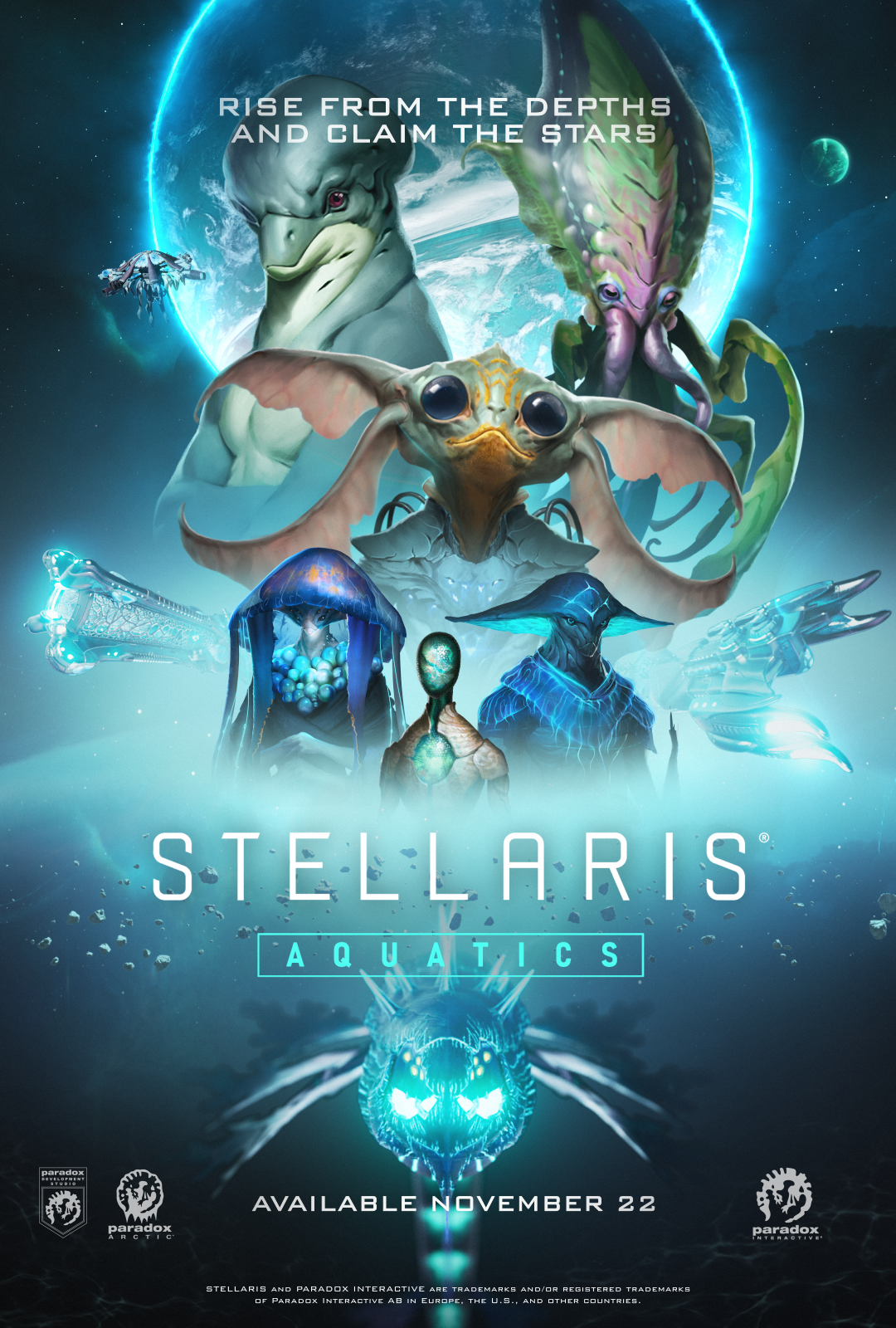
Have a question about the patch notes or the Aquatics Species Pack? Don’t miss our Dev Q&A, today at 1700 CET (1600 UTC) on the Offishial Shellaris Discod!
